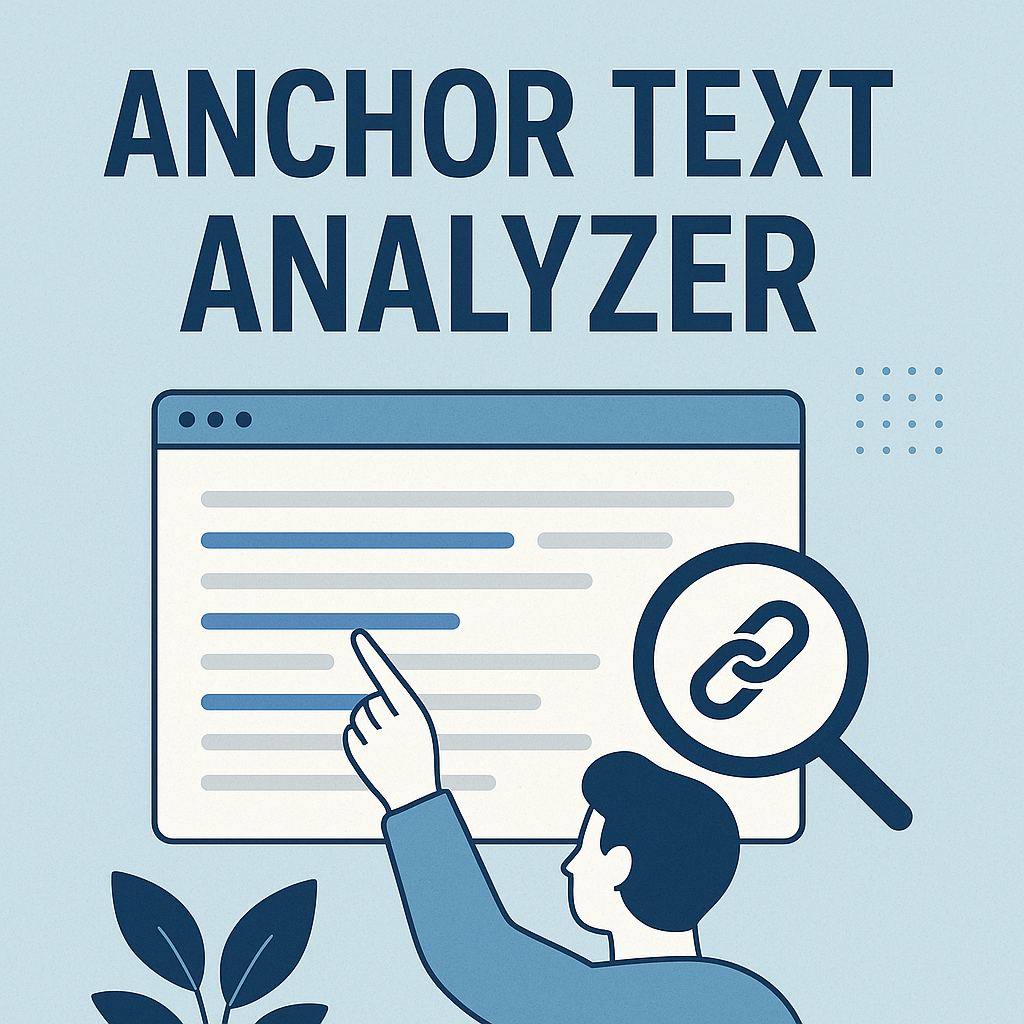In the digital age, creating content that stands out requires more than creativity. This is where a specialized role comes into play—one that blends writing expertise with technical precision. Think of this professional as a guide who ensures every piece of content reaches its full potential.
These editors focus on enhancing visibility. They analyze keywords, refine readability, and align text with search engine algorithms. The goal? To help articles rank higher and connect with the right audience. Without this process, even the best-written work might go unnoticed.
Balancing creativity and strategy is key. While crafting engaging narratives, they also integrate technical elements like meta tags and headers. This dual approach ensures content isn’t just enjoyable to read but also optimized for search engines.
Clarity and conciseness are prioritized. By trimming jargon and improving flow, editors make information accessible. This boosts user engagement and keeps readers coming back for more.
As online competition grows, so does the need for skilled professionals in this field. Brands rely on them to drive organic traffic and build lasting connections. In a world where search rankings dictate success, their role has never been more vital.
Key Takeaways
- This role merges creative writing with technical optimization to improve search rankings.
- Visibility and audience targeting are central to effective online content strategies.
- Technical elements like keywords and headers enhance readability and search performance.
- Clear, concise writing increases user engagement and return visits.
- Demand for these skills continues to rise as digital marketing evolves.
Overview of SEO Editing and Its Impact on Content
Visibility in search results isn’t accidental—it’s engineered through precise content optimization. This process transforms raw text into material that resonates with both readers and algorithms. Editors in this field refine every detail, from word choice to formatting, ensuring content meets dual goals: human appeal and technical precision.
Defining the Optimization Process
SEO editing involves revising articles to include terms audiences search for while maintaining natural flow. Think of it as tailoring a suit: the core message stays intact, but the fit aligns perfectly with search engine requirements. This balance helps content rank higher without sacrificing readability.
Boosting Discoverability Through Strategy
Targeted keywords act like signposts for search platforms. When placed in headers, meta descriptions, or opening paragraphs, they signal relevance. Tools like SEMrush or Ahrefs help identify high-impact phrases tied to user intent.
Editors also optimize structure. Breaking text into scannable sections with subheadings improves engagement. Internal links guide readers to related topics, while concise sentences keep attention focused.
Effective optimization leads to measurable growth. Websites with properly edited content often see higher organic traffic and longer visitor sessions. As algorithms evolve, so do the methods to stay ahead—making this practice essential for digital success.
Working with seo company edotter provides specialized digital marketing services for businesses seeking improved search rankings. Learning how to find pbn domains with freshdrop helps identify expired domains with existing backlink profiles. Using redactor seo tools optimizes content structure and keyword placement for better search visibility. A professional seo content editor enhances written material to balance user readability with search engine optimization requirements.
what is an seo editor
Behind every high-ranking article lies a meticulous process led by professionals who merge technical expertise with content refinement. These specialists focus on aligning text with search algorithms while preserving its human appeal. Their work bridges creative storytelling and data-driven decisions to maximize visibility.
Unlike general editors who prioritize grammar and style, optimization experts dive deeper. They analyze search trends, strategically place keywords, and adjust structures for better crawlability. For example, a travel blog targeting “best hiking gear” might see a 40% traffic boost after refining keyword density in headers and meta descriptions.
Balancing readability with technical precision defines their role. They ensure articles flow naturally while embedding terms audiences actively seek. Tools like Google’s Keyword Planner help identify phrases that match user intent without disrupting narrative quality.
Consider how a health website improved rankings by integrating long-tail keywords like “low-impact workouts for seniors” into subheadings. This approach boosted organic traffic by 25% within three months. Such edits transform generic content into targeted resources that satisfy both readers and algorithms.
By shaping content for dual purposes—engagement and discoverability—these specialists drive measurable results. Their adjustments often lead to longer page visits, reduced bounce rates, and higher conversion potential. In a crowded digital space, their skills turn ordinary articles into competitive assets.
-
This service is ideal for businesses seeking ongoing contextual backlinks that boost rankings without the manual outreach.
The Role of Keyword Research in SEO Editing
Mastering keyword research is the cornerstone of any SEO-driven content plan. By uncovering terms audiences actively search for, editors shape blogs and websites to meet both reader needs and engine requirements. This process turns guesswork into strategy, guiding content toward higher visibility.
Identifying Primary and Secondary Keywords
Primary keywords define core topics. For example, a fitness blog might target “home workouts.” Secondary terms like “no-equipment routines” or “20-minute sessions” add depth. Together, they help engines grasp page focus while addressing specific reader queries.
Utilizing Keyword Research Tools Effectively
Platforms like Ahrefs and Google Search Console reveal high-value phrases. Editors use these tools to:
- Analyze search volume and competition levels
- Discover long-tail variations that attract niche audiences
- Track ranking performance over time
Aligning keywords with intent is crucial. A recipe website optimizing for “quick vegan dinners” should include secondary terms like “30-minute meals” to match user goals. This approach boosts relevance without forcing unnatural phrasing.
Regularly updating keyword lists keeps content competitive. As trends shift, editors refine strategies to maintain traffic growth and engagement.
Quick Common Asked Question and Answer
What does edit SEO mean and how does it apply to content creation?
To edit SEO means optimizing existing content for search engines by updating keywords, improving meta tags, enhancing readability, and fixing technical issues. The SEO editor meaning refers to tools or roles focused on refining content for higher visibility. SEO for editors involves aligning editorial workflows with SEO best practices to boost organic traffic through better-optimized articles and pages.
Optimizing Content for Search Engines
On-page elements act as signposts for search engines and readers alike. Titles, headers, and descriptions must work together to guide visitors while signaling relevance to algorithms. Balancing clarity with technical precision ensures content performs well without feeling robotic.
Crafting Titles, Descriptions, and Headers
Start with title tags under 60 characters. Include primary keywords near the front for visibility. For example: “Budget Travel Tips: Explore Europe for Under $50/Day” targets “budget travel tips” while remaining engaging.
Meta descriptions should summarize content in 150–160 characters. Use active verbs like “discover” or “learn” to encourage clicks. Tools like SEMrush analyze length and keyword placement to avoid truncation. Before launching your next digital campaign, consider the strategic value outlined in our article on how SEO skills empower content creators.
| Element | Best Practice | Impact on Traffic |
|---|---|---|
| Title Tag | Include target keyword, keep concise | Boosts click-through rates by 15-20% |
| Meta Description | Use action-oriented language | Improves organic CTR by up to 35% |
| Headers (H1-H3) | Structure content hierarchically | Enhances readability & crawlability |
Balancing Keywords Naturally
Avoid forcing terms into every sentence. Instead, focus on user intent. If writing about “plant-based diets,” mention related phrases like “vegan meal plans” or “meatless recipes.” Tools like SurferSEO highlight optimal keyword density.
Readability trumps repetition. Break long paragraphs into digestible chunks. Use bullet points for lists and bold key takeaways. This keeps text scannable while meeting engine criteria.
Regularly audit content with platforms like Ahrefs. They flag over-optimized sections and suggest alternatives. This proactive approach maintains organic growth without sacrificing quality.
Enhancing User Engagement Through SEO
User engagement isn’t just about attracting clicks—it’s about keeping visitors interested. When content flows smoothly and guides readers naturally, they stay longer and explore more. This signals to search engines that your material delivers value, boosting rankings over time.
Improving Readability and Flow
Clear writing keeps audiences hooked. Break complex ideas into short sentences and paragraphs. Tools like Hemingway Editor highlight dense sections, helping trim unnecessary words. Subheadings act as signposts, while bullet points make lists scannable.
Readability scores directly impact bounce rates. Pages scoring above 70 on the Flesch scale see 30% longer visit durations. Prioritize active voice and conversational tone to maintain momentum.
Using Internal Links and Images Strategically
Internal links guide readers to related topics, deepening their engagement. A cooking blog might connect “quick dinner recipes” to “meal prep tips,” encouraging exploration. Relevant images break up text walls—infographics simplify data, while high-quality photos boost emotional connection.
Alt text optimization ensures visuals contribute to rankings. Descriptive file names like “vegan-chocolate-cake.jpg” help search engines understand context. Pair this with regular content audits to identify outdated links or low-performing media.
Websites that blend these tactics often see organic traffic grow steadily. By aligning user needs with technical precision, content becomes both enjoyable and discoverable.
Leveraging SEO Editing Tools and Techniques
Modern content optimization relies on specialized tools that streamline workflows and amplify results. These platforms simplify complex tasks, allowing editors to focus on crafting messages that resonate. By automating technical checks, they ensure every piece meets both reader expectations and algorithmic standards. Discover a side‑by‑side analysis of visibility, budget implications, and ROI in the ultimate SEO vs PPC showdown to make informed decisions.
Popular Tools for On-Page Optimization
Yoast SEO remains a top choice for WordPress users. Its real-time analysis highlights keyword density, readability scores, and meta tag effectiveness. For example, it flags passive voice or lengthy sentences—issues that could impact engagement. This way, editors refine content structure while maintaining natural flow.
SEMrush offers deeper insights for competitive strategies. Its Topic Research tool identifies trending phrases related to core subjects. Editors use this data to craft headlines that align with audience interests. The platform also tracks ranking performance, showing how small tweaks drive measurable results over time.
Precision matters when selecting words. Tools like SurferSEO analyze top-performing articles to recommend optimal keyword placement. Instead of guessing, editors see exact terms competitors use—and where to include them. This approach ensures content speaks directly to a target audience without sounding forced.
Grammarly’s tone detector adds another layer of polish. It suggests adjustments to match brand voice while eliminating jargon. Pairing this with Ahrefs’ backlink tracker creates a robust system for improving domain authority. Together, these tools transform raw drafts into search-friendly assets that deliver consistent results.
Building Effective SEO Strategies for Blogs and Websites
Creating a standout online presence requires blending creative content with technical precision. Start by mapping audience needs to your expertise. Identify trending phrases through tools like AnswerThePublic—these reveal what readers actively seek. For example, a parenting blog might target terms like “toddler sleep solutions” instead of generic “childcare tips.”
Follow these steps to build a robust strategy:
- Audit existing content for gaps in keyword coverage
- Prioritize long-tail phrases matching specific user intent
- Integrate technical checks for mobile optimization and page speed
Align your chosen terms with reader pain points. A baking website could optimize for “beginner-friendly recipes” rather than broad terms like “desserts.” This approach attracts targeted traffic while establishing authority.
Strategic planning bridges content creation and technical execution. Use editorial calendars to balance evergreen posts with trending topics. Regular updates signal freshness to search algorithms—blogs refreshed quarterly see 45% more organic traffic than static sites.
| Strategy Element | Audience Impact | SEO Benefit |
|---|---|---|
| Niche keyword clusters | Addresses specific needs | Boosts topical authority |
| Content silos | Guides readers through related topics | Improves crawl efficiency |
Cover all essential things your audience wants. Combine practical guides (“how to repot orchids”) with problem-solving articles (“why leaves turn yellow”). This dual focus builds trust and keeps visitors engaged longer.
Integrating SEO Editing into Your Content Creation Process
Blending creativity with technical precision requires teamwork from start to finish. Writers and search engine optimization specialists form a dynamic partnership, ensuring content engages audiences while meeting technical standards. This collaboration turns drafts into assets that rank well and retain readers.
Collaboration Between Writers and SEO Specialists
Writers craft compelling narratives, while specialists refine structure and keyword placement. Early discussions align goals—writers focus on tone and clarity, experts analyze search trends. Shared tools like Google Docs allow real-time feedback, merging storytelling with technical adjustments.
| Role | Responsibilities | Outcome |
|---|---|---|
| Writer | Develop engaging narratives Ensure readability |
Audience connection |
| SEO Specialist | Optimize headers, meta tags Analyze keyword density |
Higher rankings |
Maintaining Consistency Across Platforms
Uniform style and keyword usage build brand recognition. A centralized style guide ensures blogs, social posts, and landing pages share the same voice. Regular audits using platforms like SEMrush identify deviations, allowing quick corrections.
| Platform | Consistency Focus | Tool for Alignment |
|---|---|---|
| Blogs | Header structure Keyword placement |
Yoast SEO |
| Social Media | Hashtag strategy Tone matching |
Hootsuite |
Consistency drives trust. Readers recognize cohesive messaging, while search engines reward unified signals. By integrating checks into every workflow stage, teams create content that performs—and lasts.
Measuring SEO Success and Adjusting Your Strategy
Tracking content performance transforms guesswork into actionable insights. By analyzing metrics, teams refine strategies to match evolving search demands. This cycle ensures content stays relevant and competitive in dynamic engine results.
Tracking Performance with Analytics
Google Search Analytics reveals how articles rank for target phrases. Focus on metrics like click-through rates and average position. Pages ranking in the top 3 positions capture 75% of organic clicks—adjust titles or meta descriptions if results lag.
Compare traffic trends monthly. A sudden drop might signal outdated keywords or algorithm shifts. Pair this data with heatmaps to see where readers engage most. Tools like Google Data Studio visualize patterns, helping prioritize updates.
| Metric | Actionable Insight | Adjustment Example |
|---|---|---|
| Bounce Rate | High rates suggest mismatched intent | Add internal links or clarify headers |
| Dwell Time | Short stays indicate readability issues | Break text into bullet points |
Adapting to Changes in Search Engine Algorithms
Search platforms update algorithms 500–600 times yearly. Major shifts—like Google’s Core Web Vitals—require swift action. Audit page speed and mobile compatibility to maintain rankings.
Avoid keyword stuffing by balancing natural language with technical precision. For example, replace forced phrases like “best engine optimization tactics” with “effective strategies for search visibility.” Tools like Clearscope highlight optimal keyword density.
Proactive monitoring beats reactive fixes. Subscribe to industry newsletters like Search Engine Land for update alerts. Test adjustments on lower-traffic pages before full rollout. This minimizes risks while keeping engine results stable.
Conclusion
Crafting content that resonates requires both skill and strategy. Effective articles merge creative storytelling with technical precision—balancing reader needs and search engine requirements. This process transforms raw ideas into discoverable assets that reach the right people.
Successful optimization hinges on integrating SEO practices early. From keyword research to structure refinement, each step builds visibility. Data shows properly edited articles attract 35% more organic traffic than unoptimized pieces.
Key takeaways:
- Technical edits enhance crawlability without sacrificing readability
- Strategic keyword placement aligns content with user intent
- Regular audits maintain relevance amid algorithm changes
When creators embed these methods into their process, content becomes a dual-purpose tool. It engages audiences while climbing rankings. Start applying these techniques today—small tweaks often yield significant growth.
Keep refining your approach as search landscapes evolve. Test new tools, track performance, and prioritize user experience. With consistent effort, your articles will stand out in crowded digital spaces.

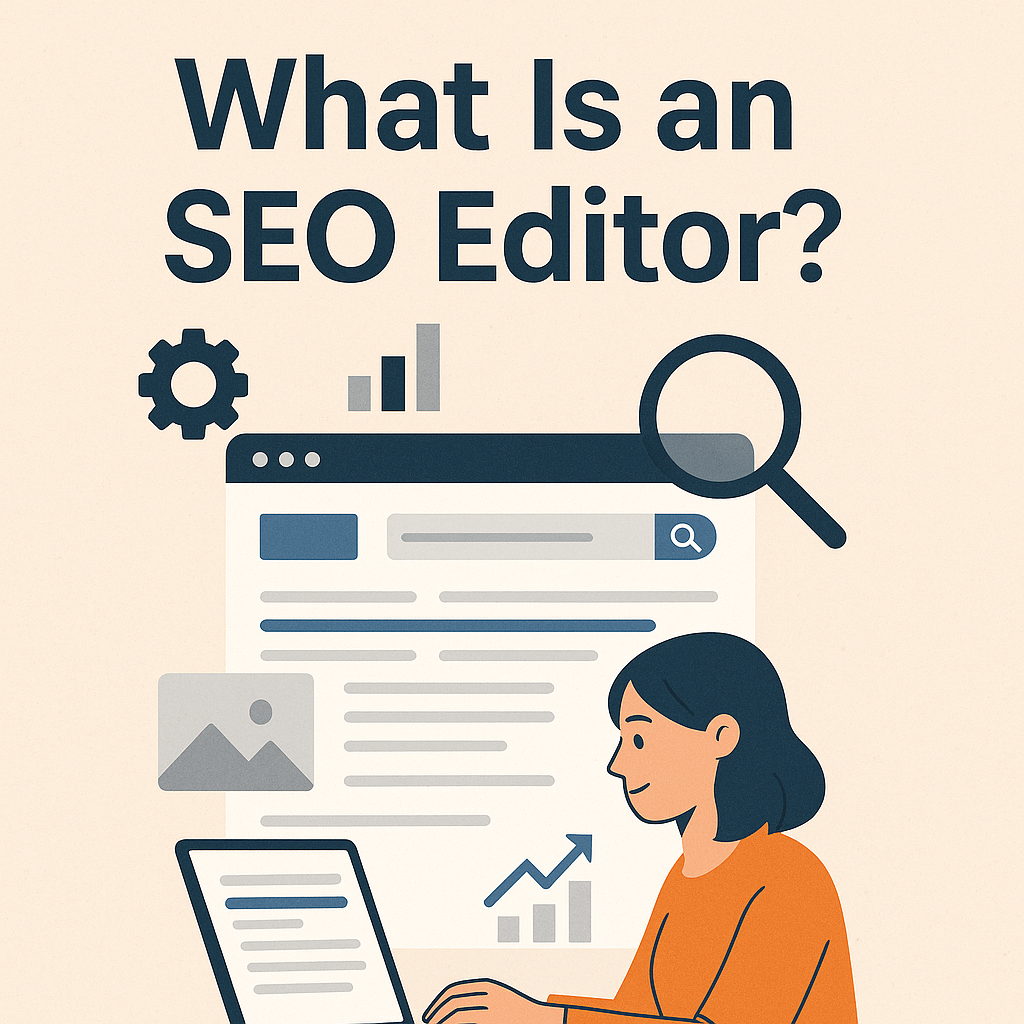
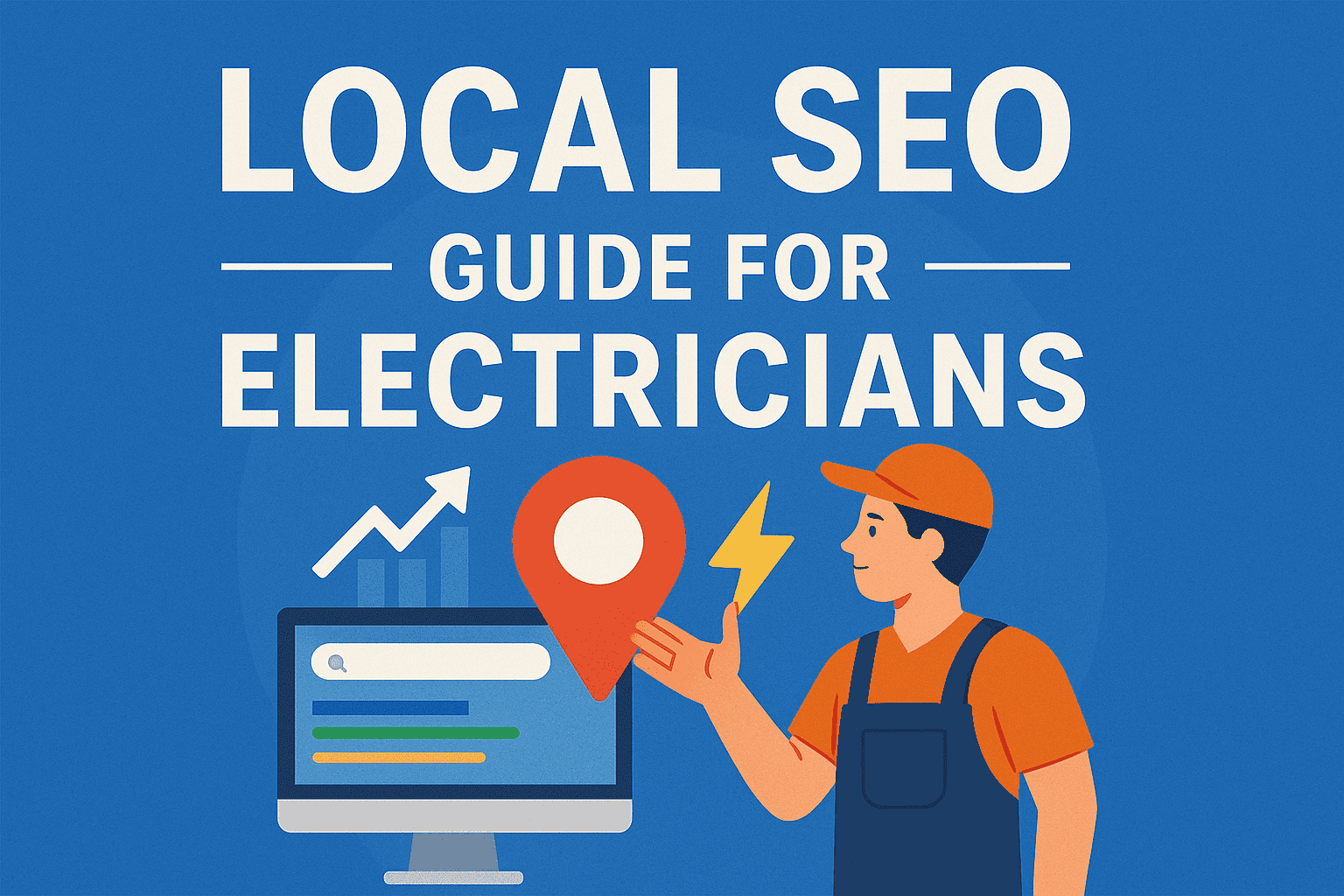
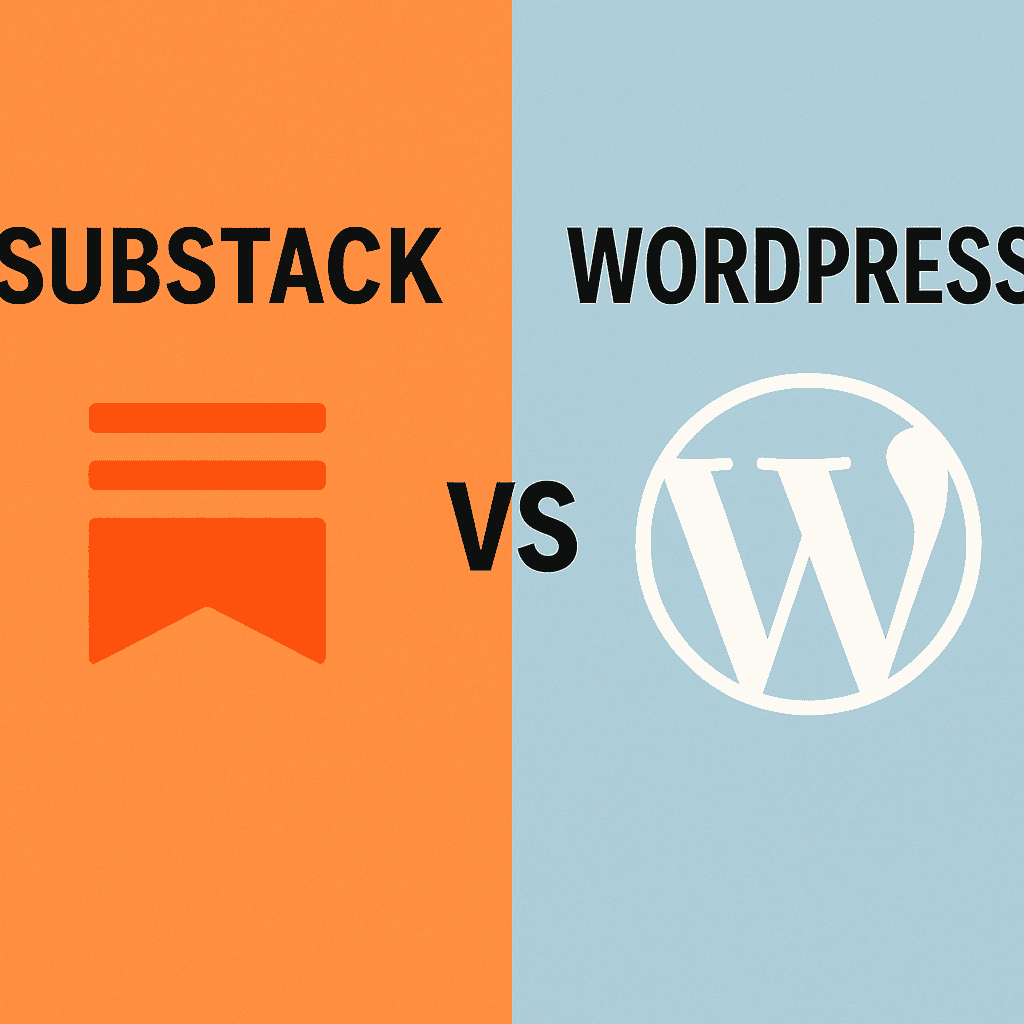


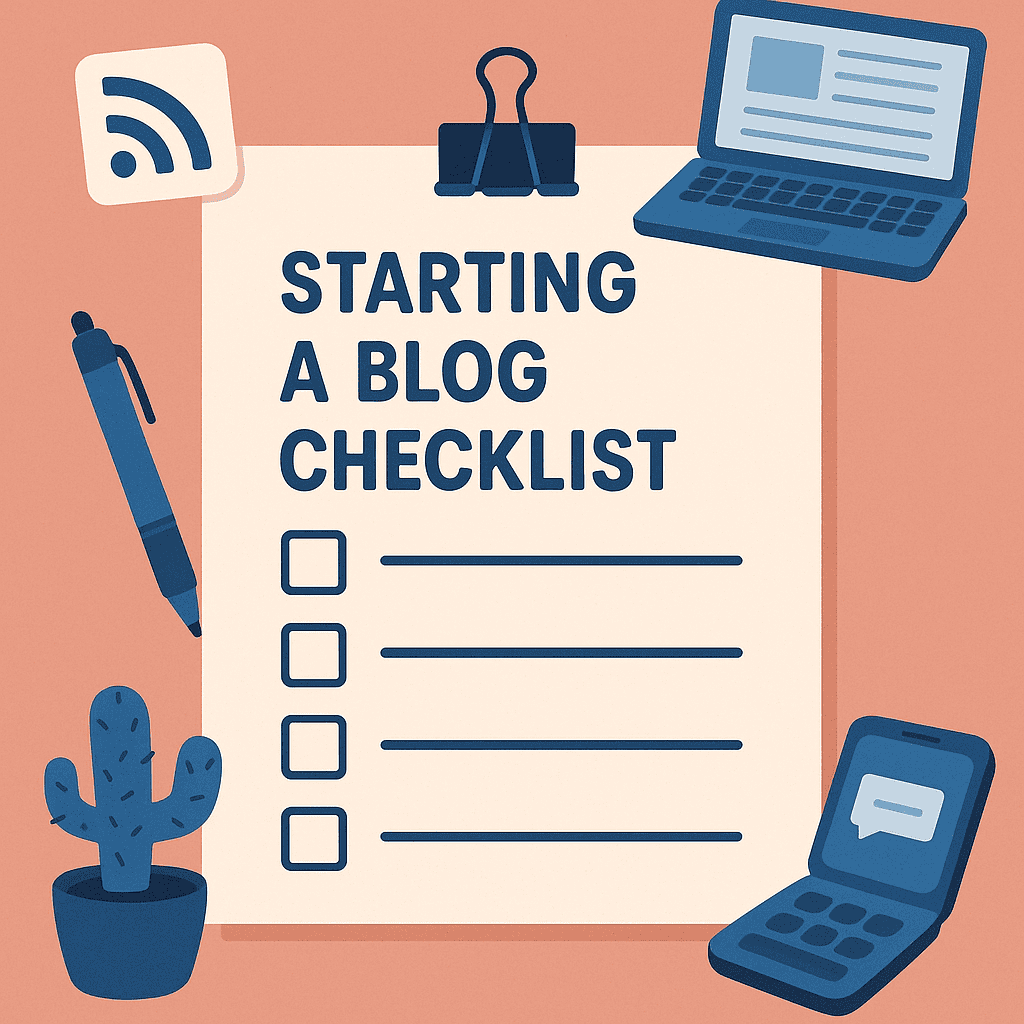

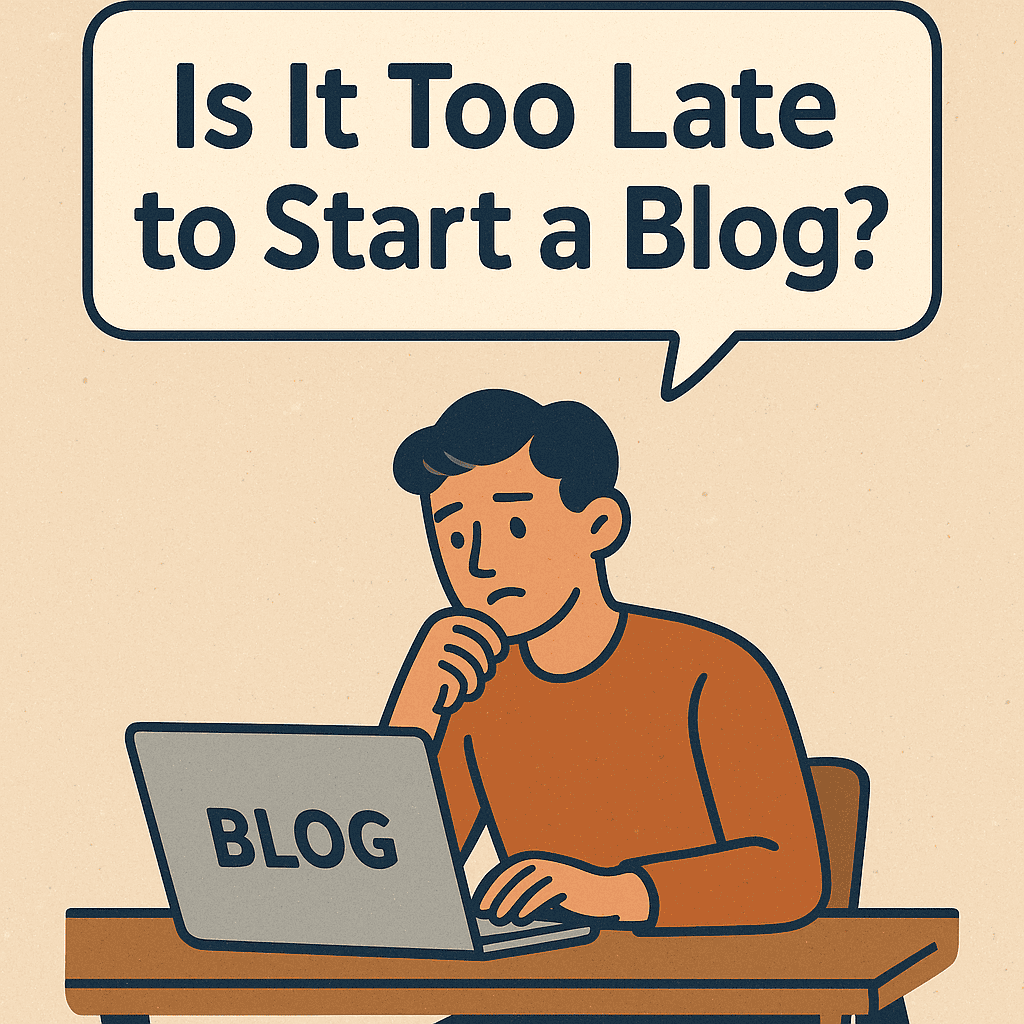
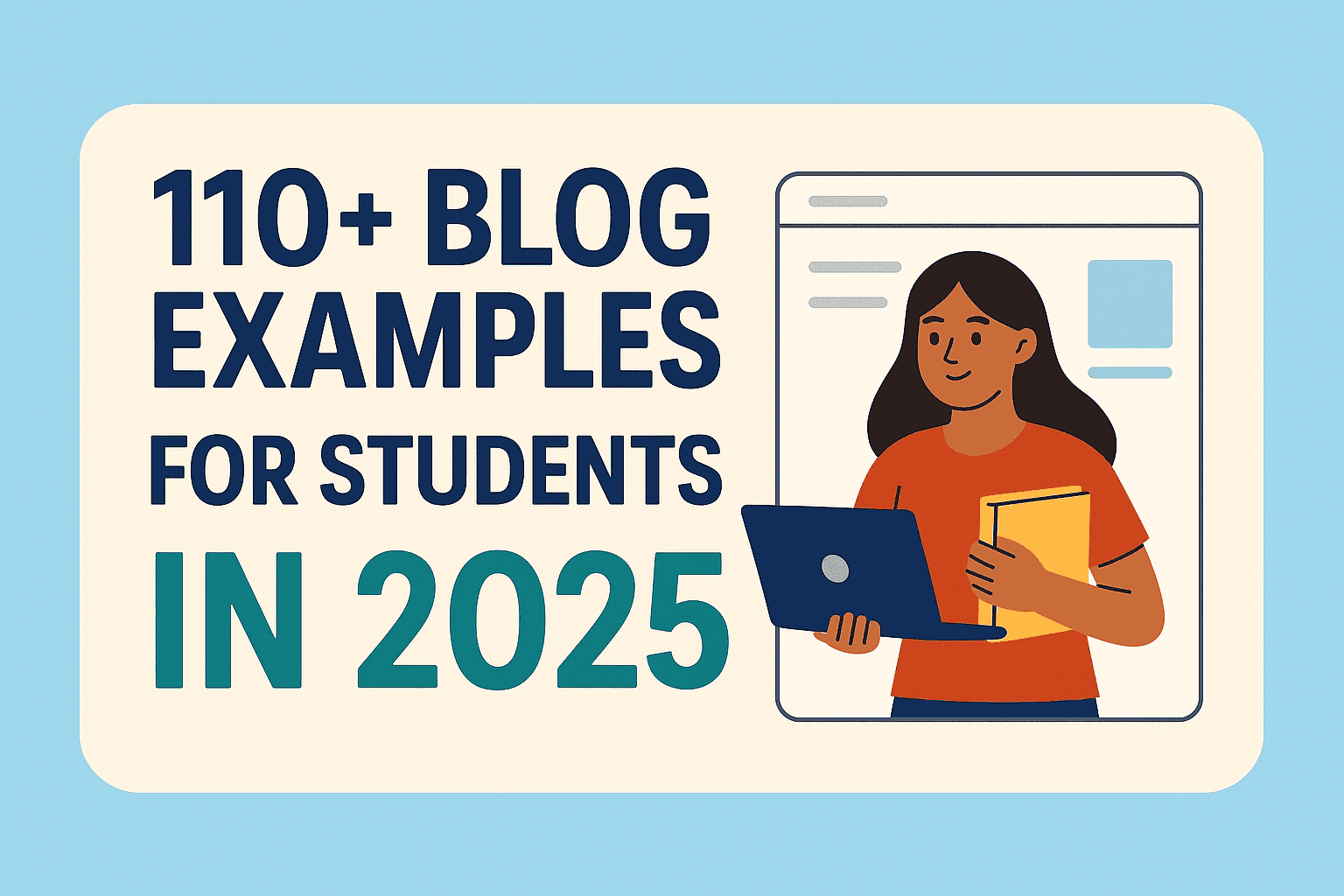

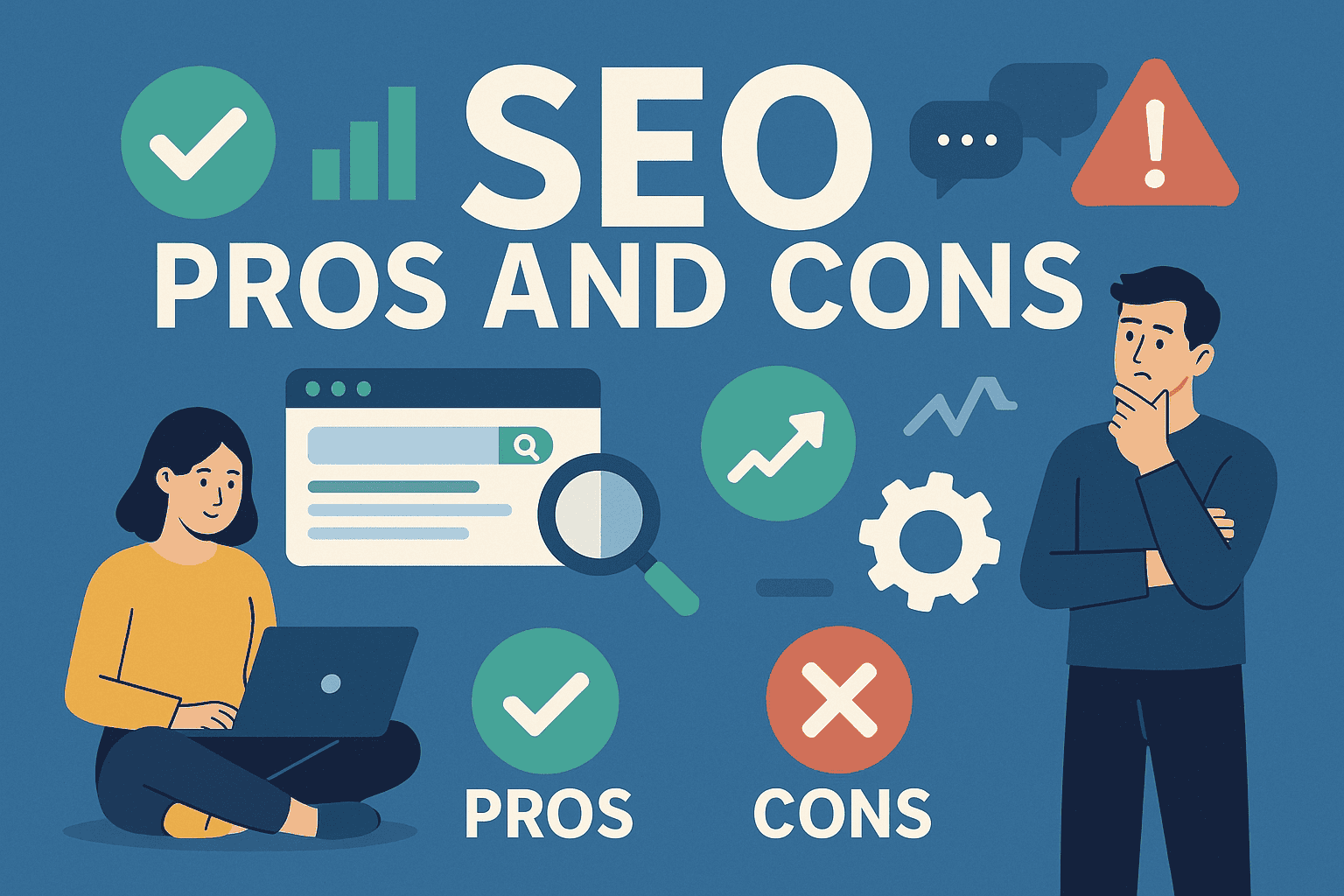







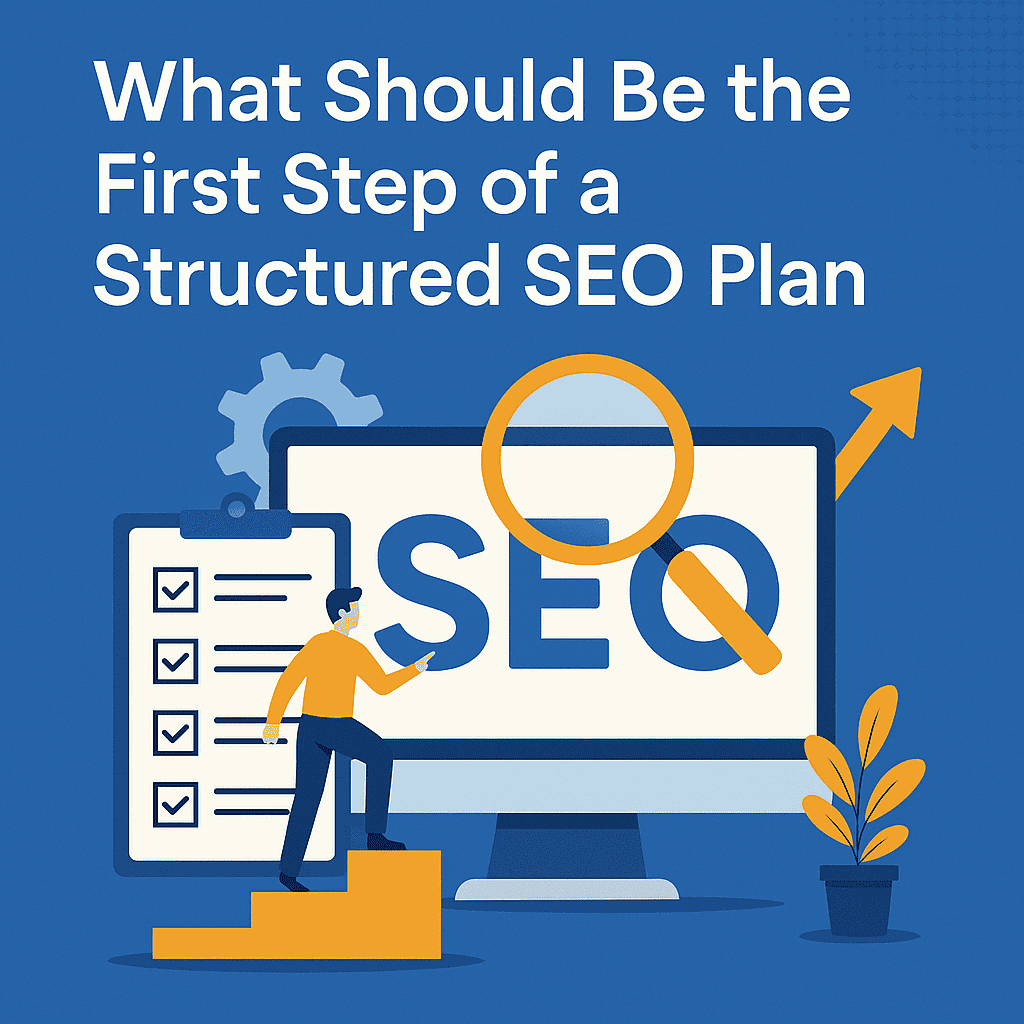



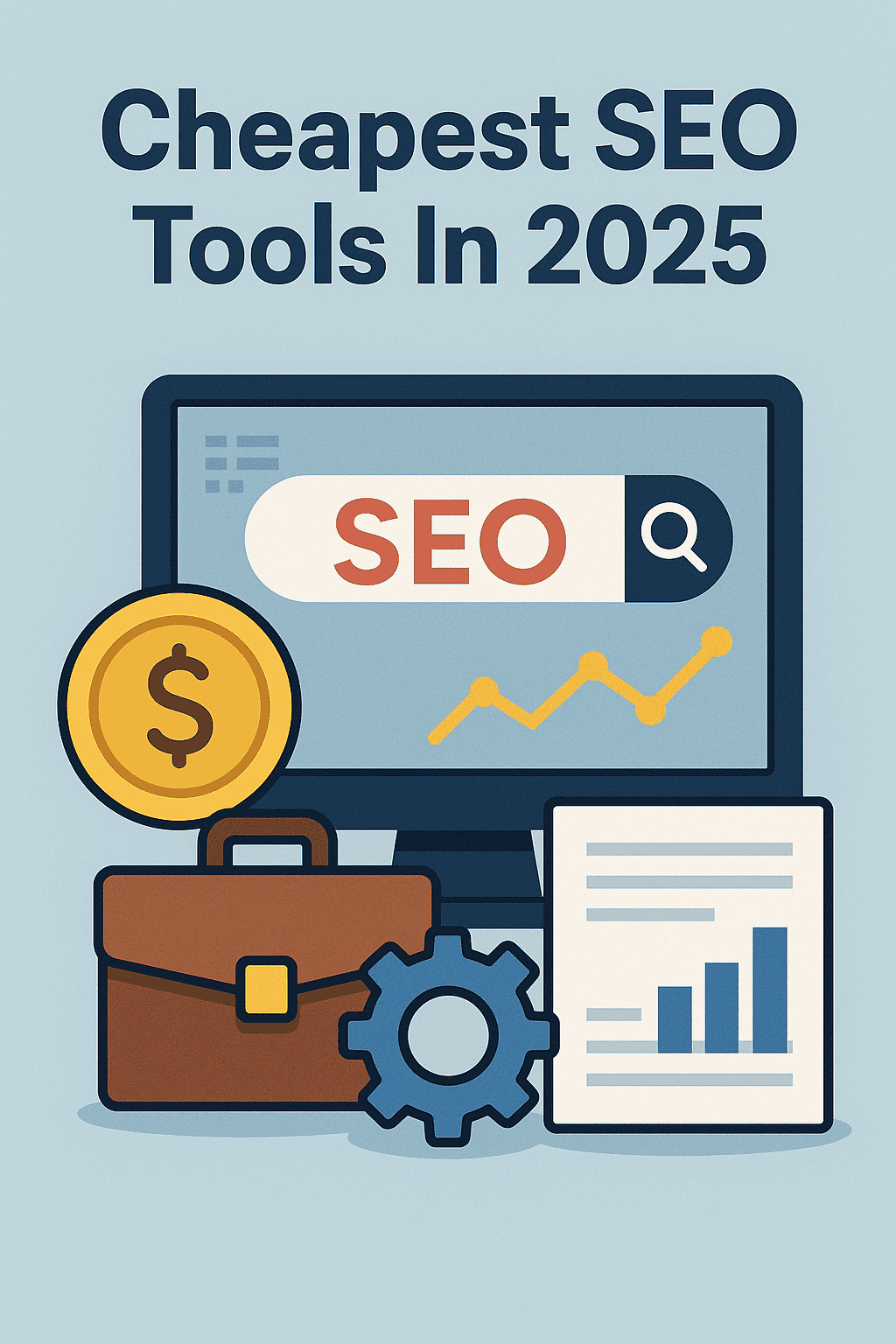

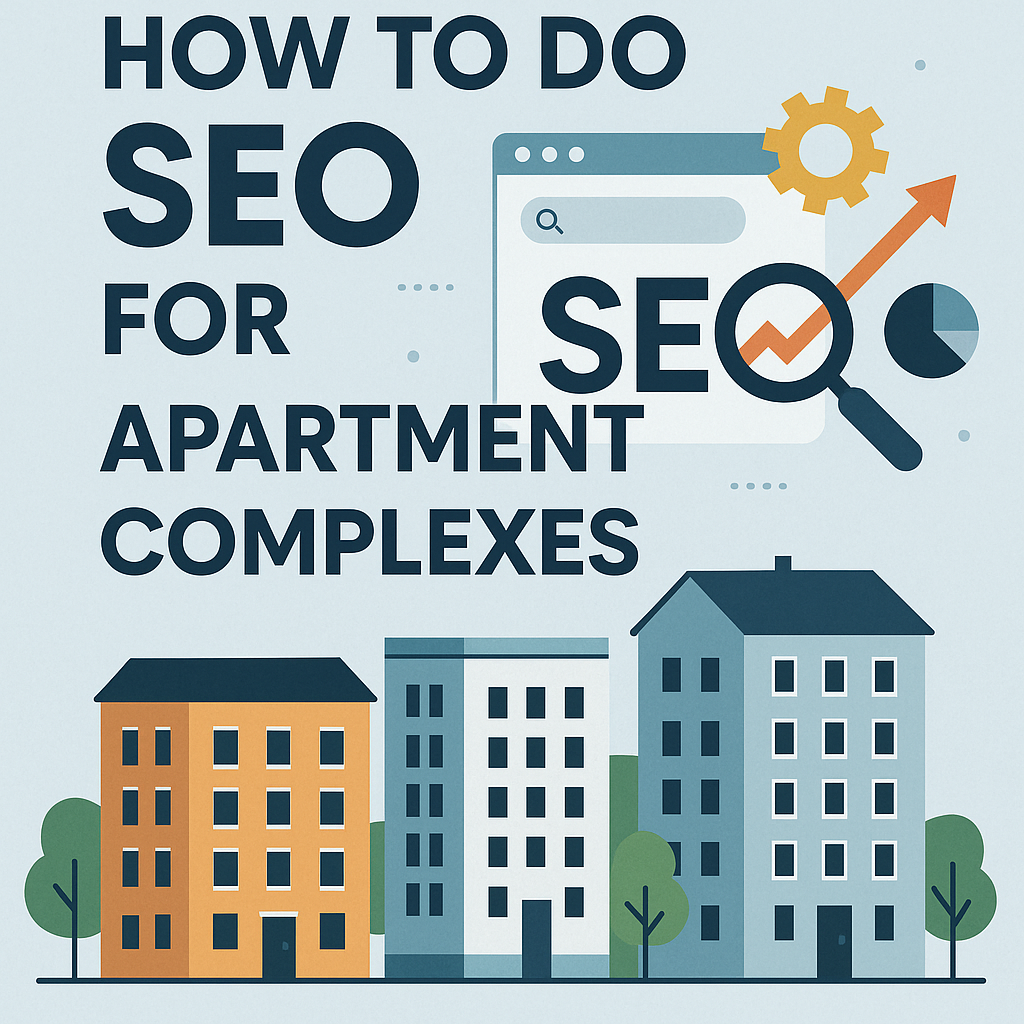




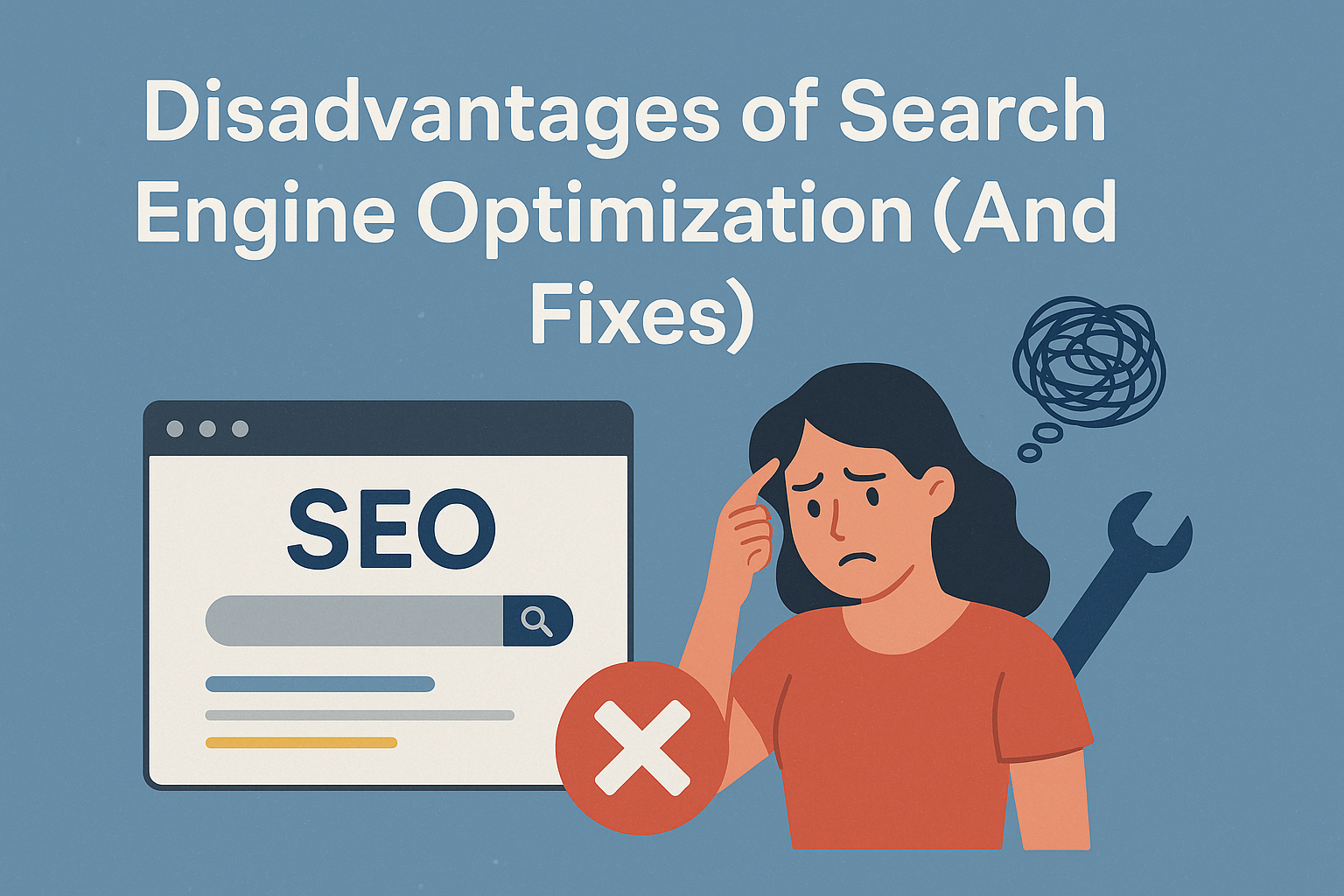

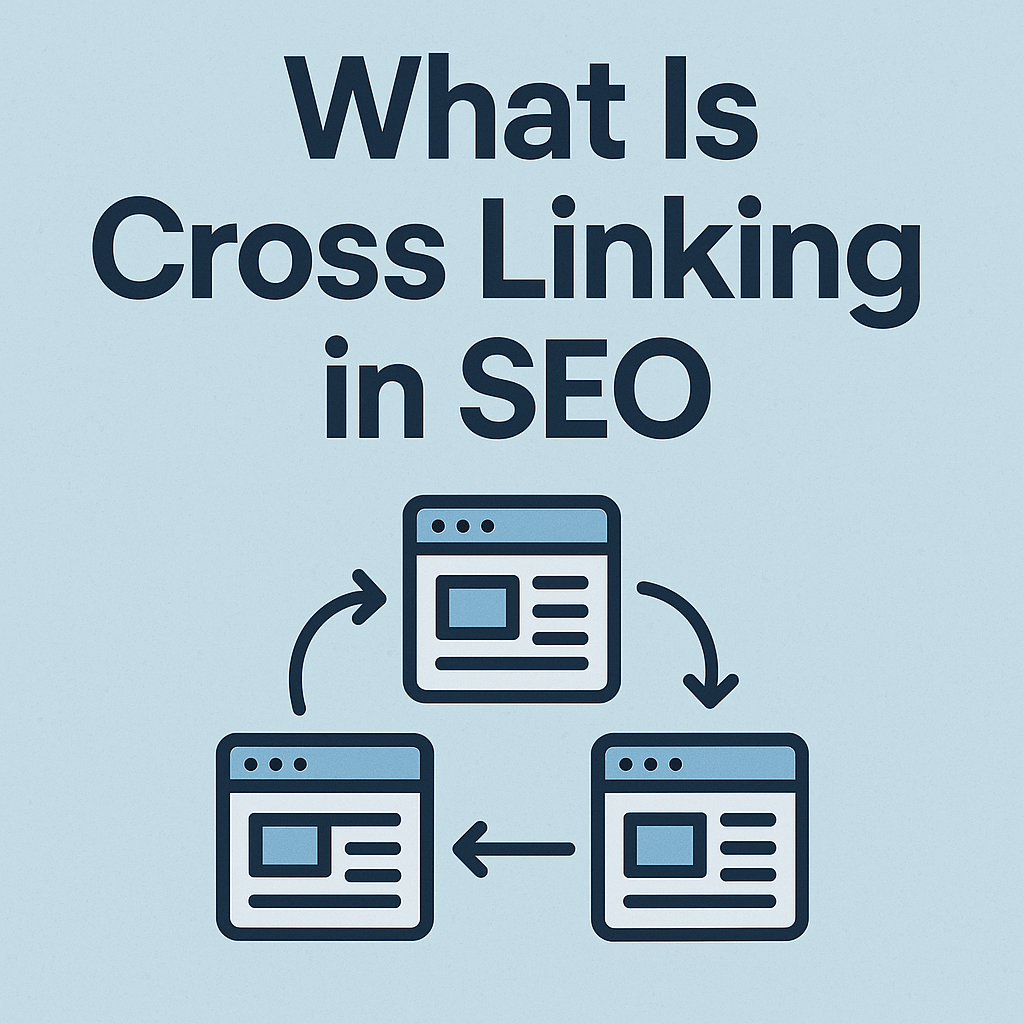



![How Many Outbound Links Per Blog [2025 Updated]](https://backlinkmanagement.io/wp-content/uploads/2025/06/How-Many-Outbound-Links-Per-Blog.png)
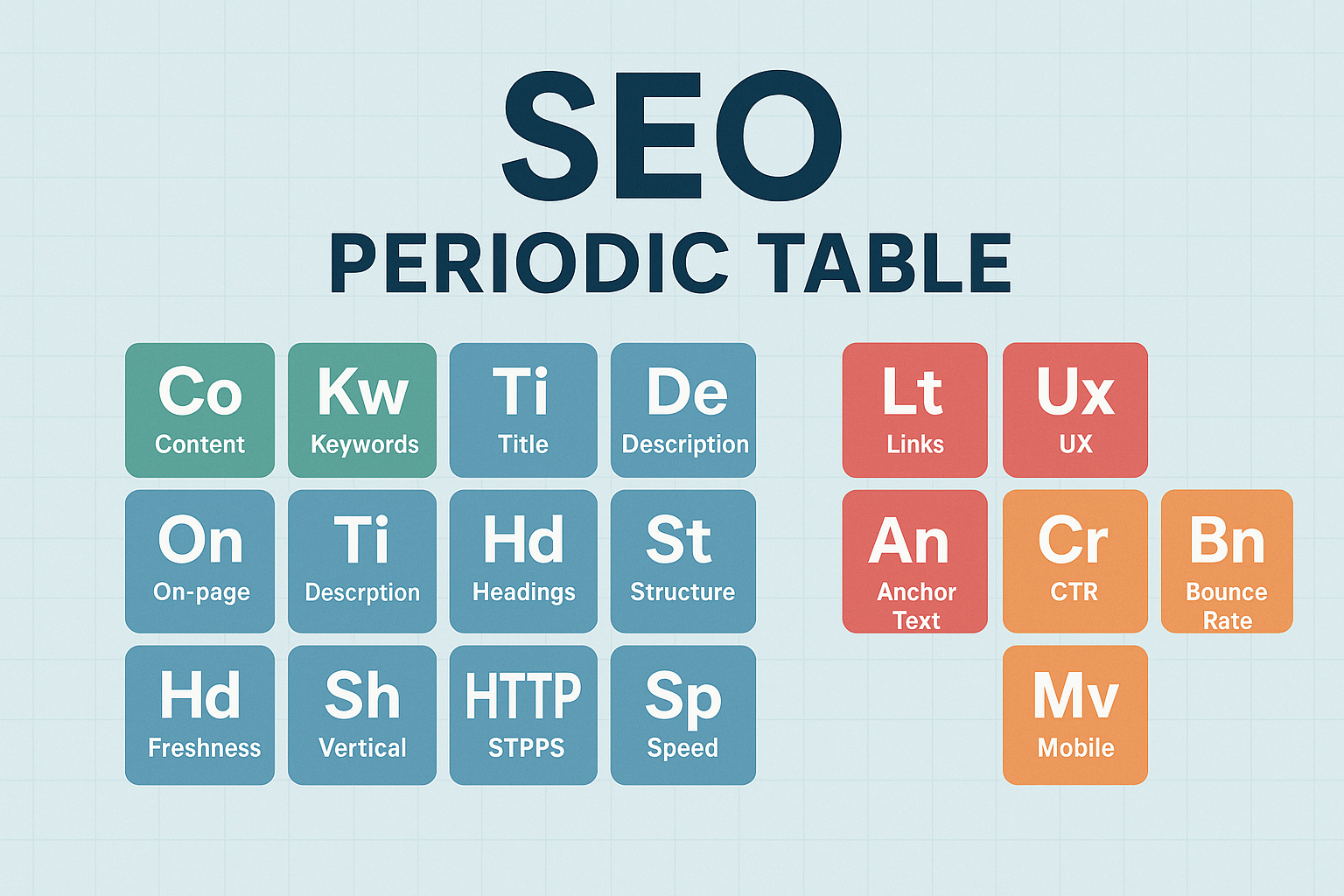

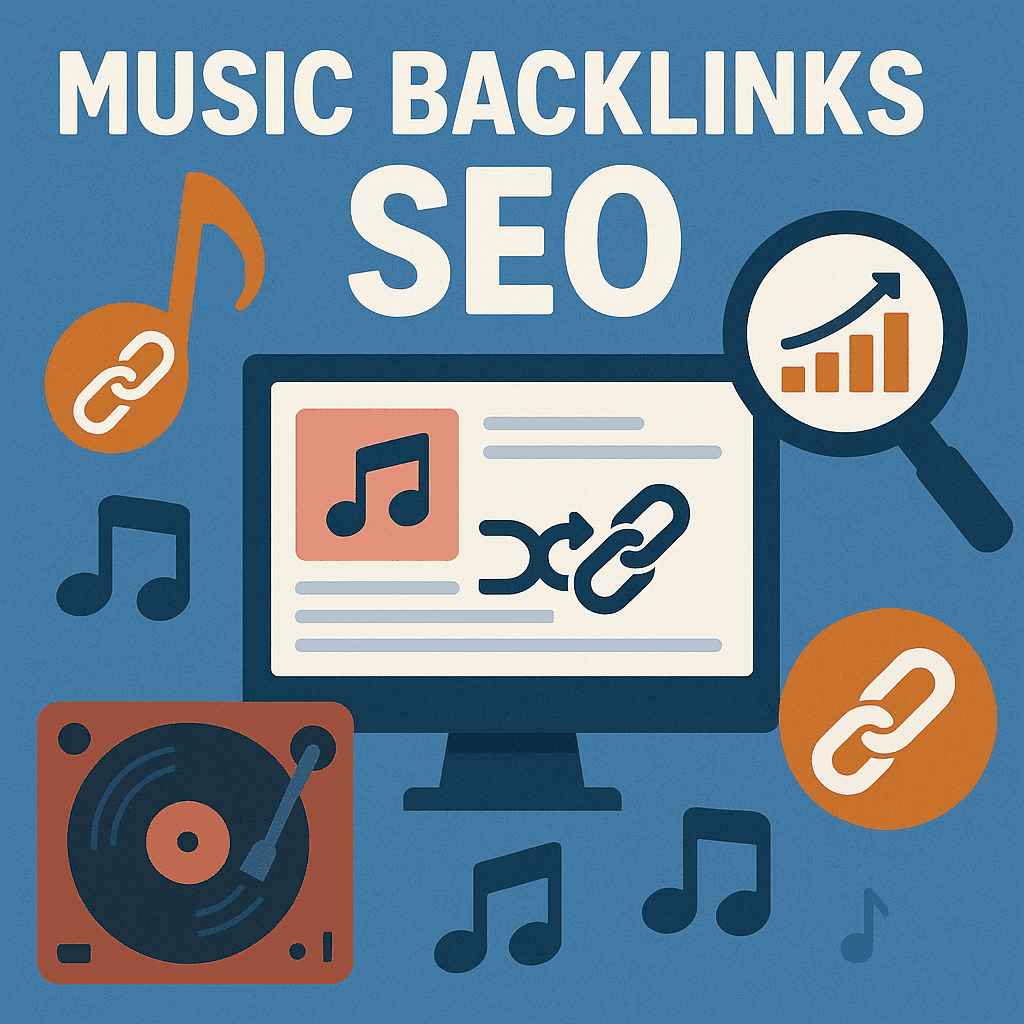
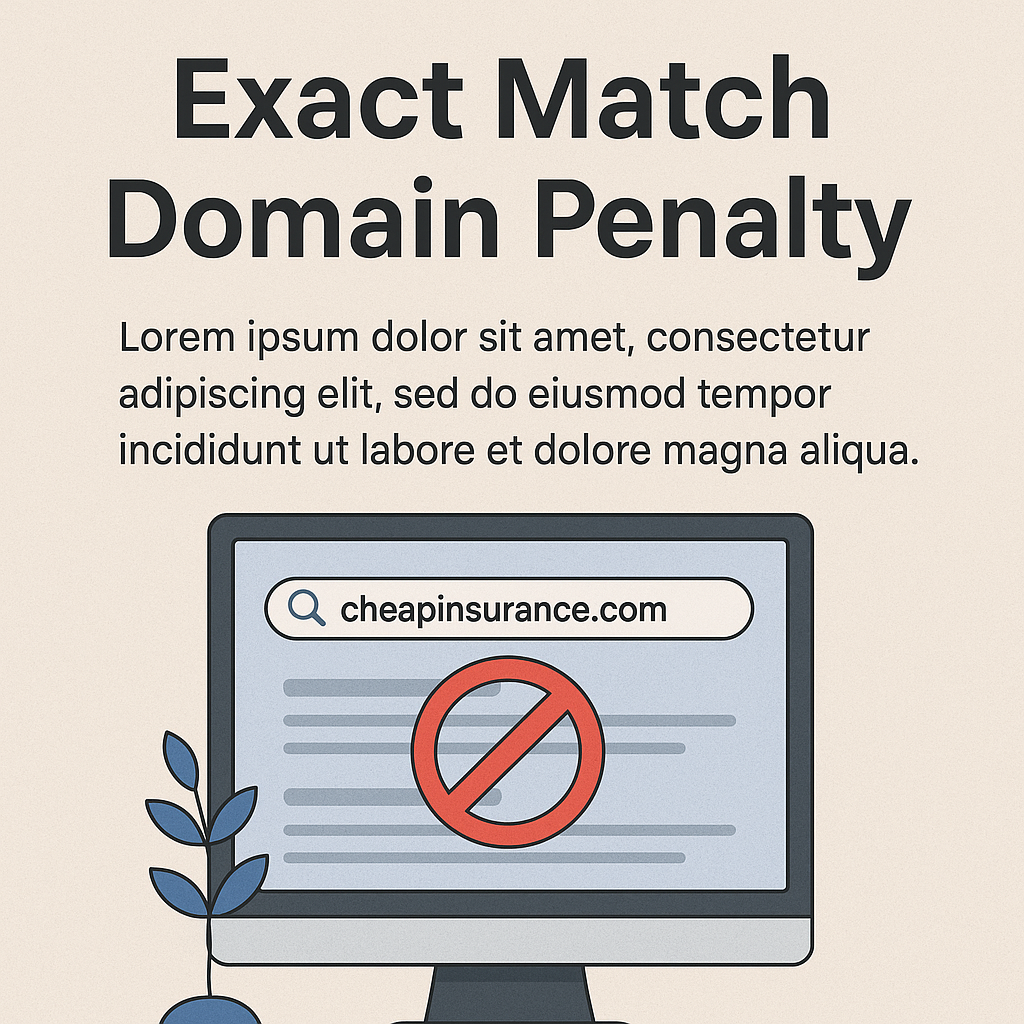
![B2B and B2C Website Examples [2025 Updated]](https://backlinkmanagement.io/wp-content/uploads/2025/05/B2B-and-B2C-Website-Example-.png)
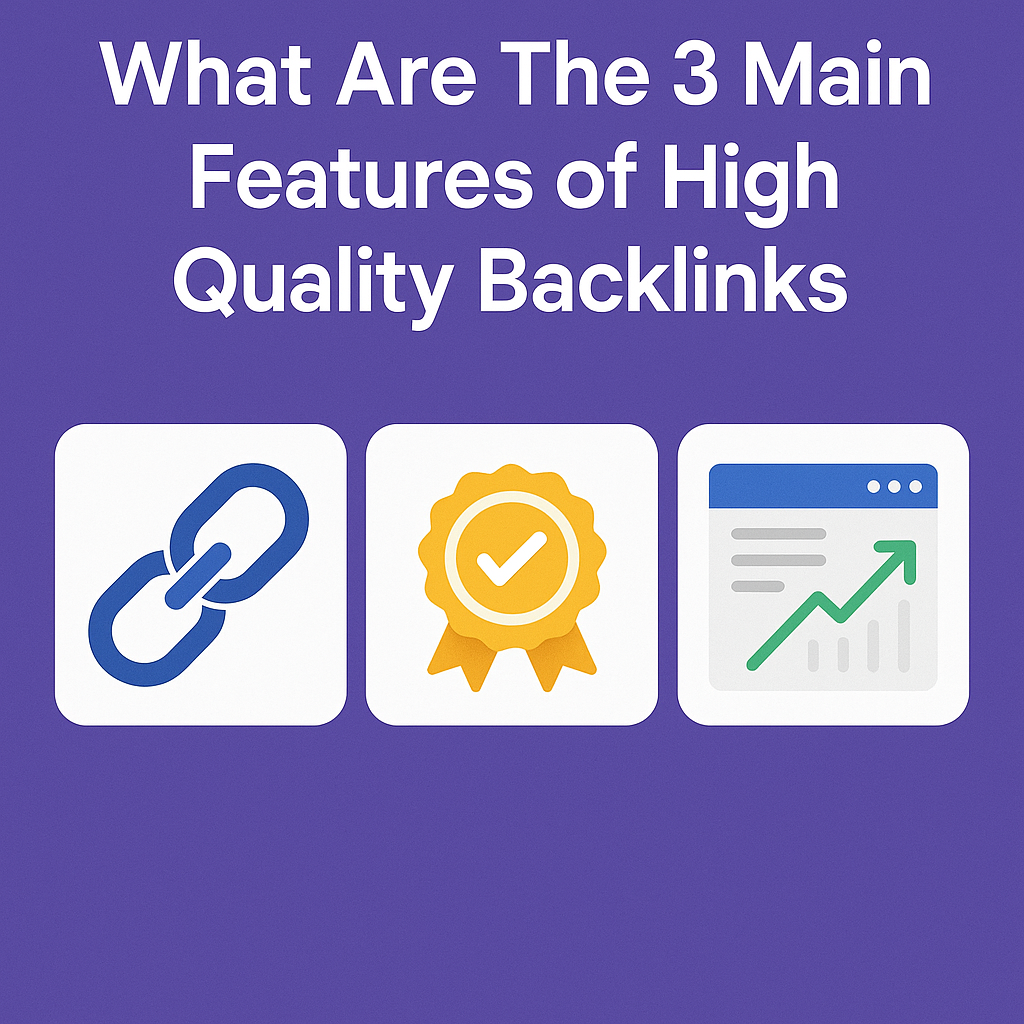


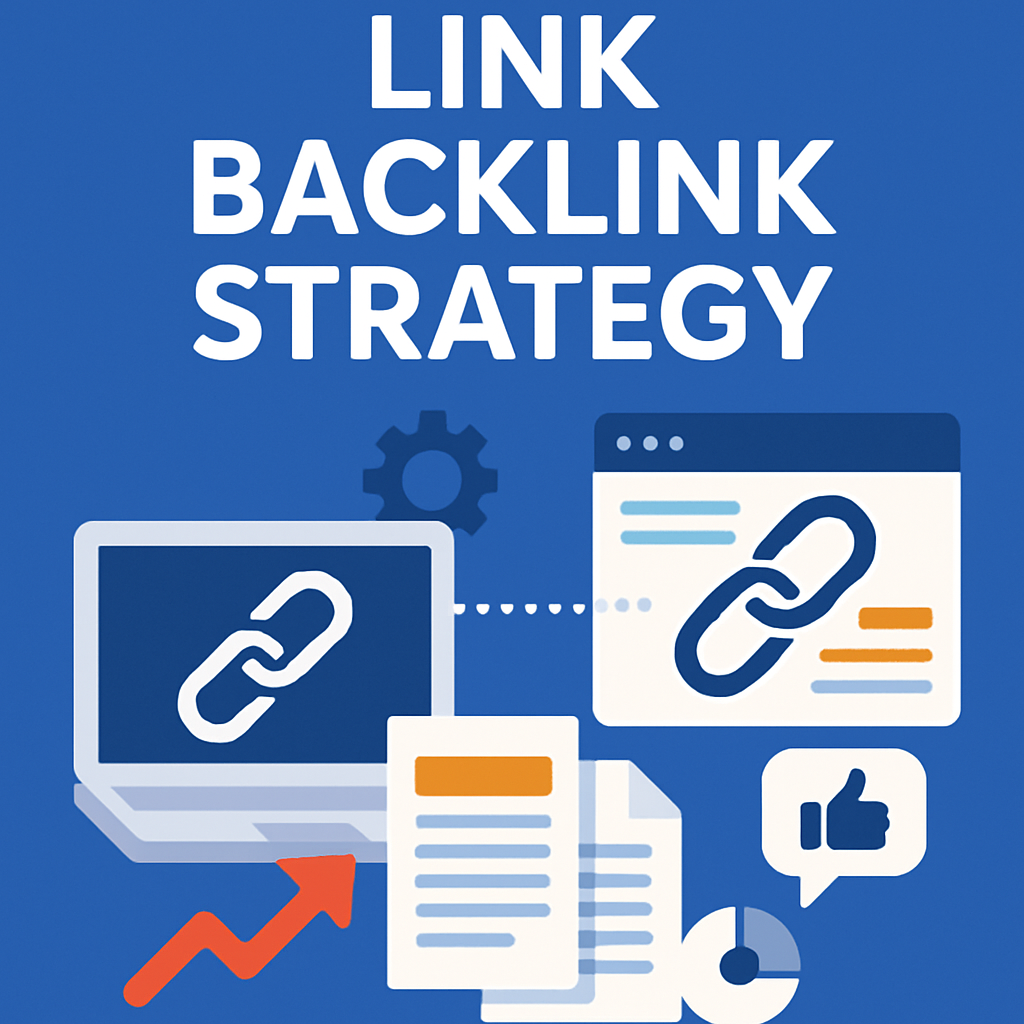
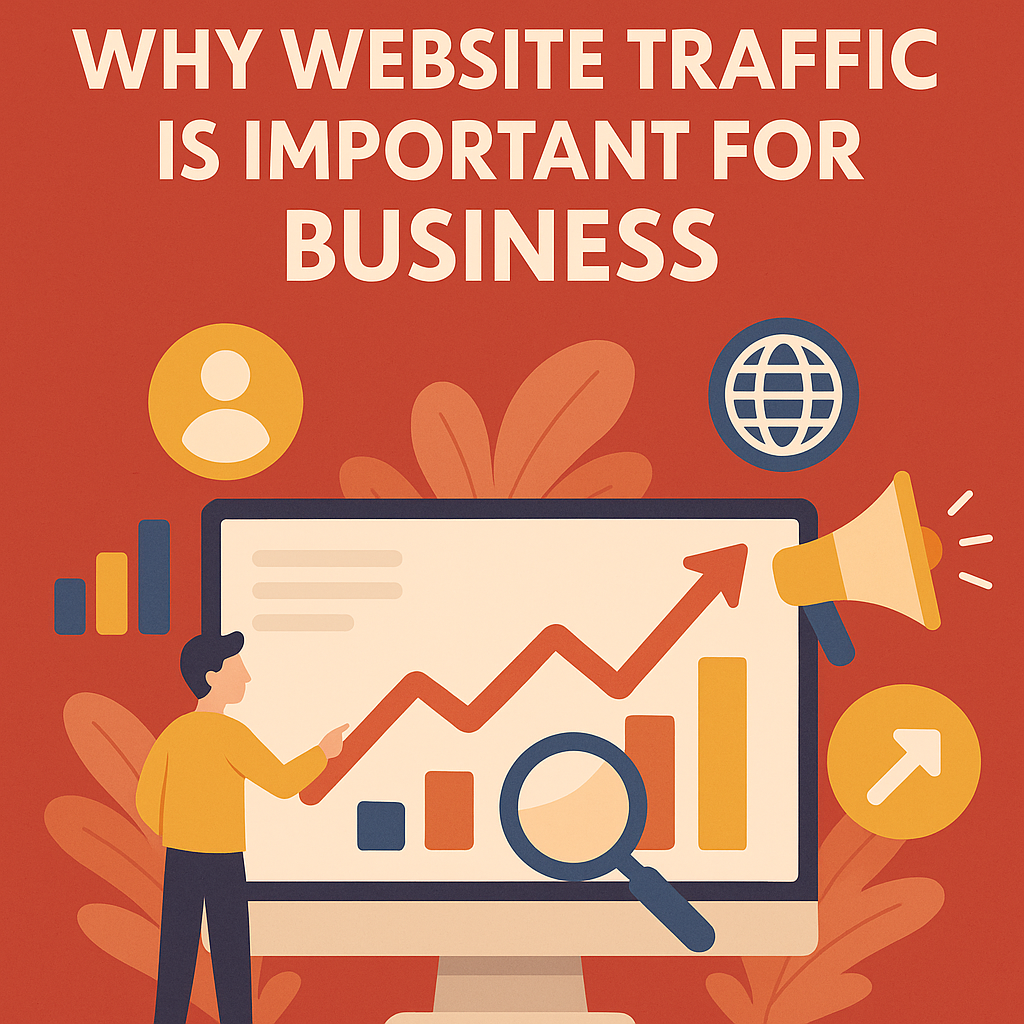

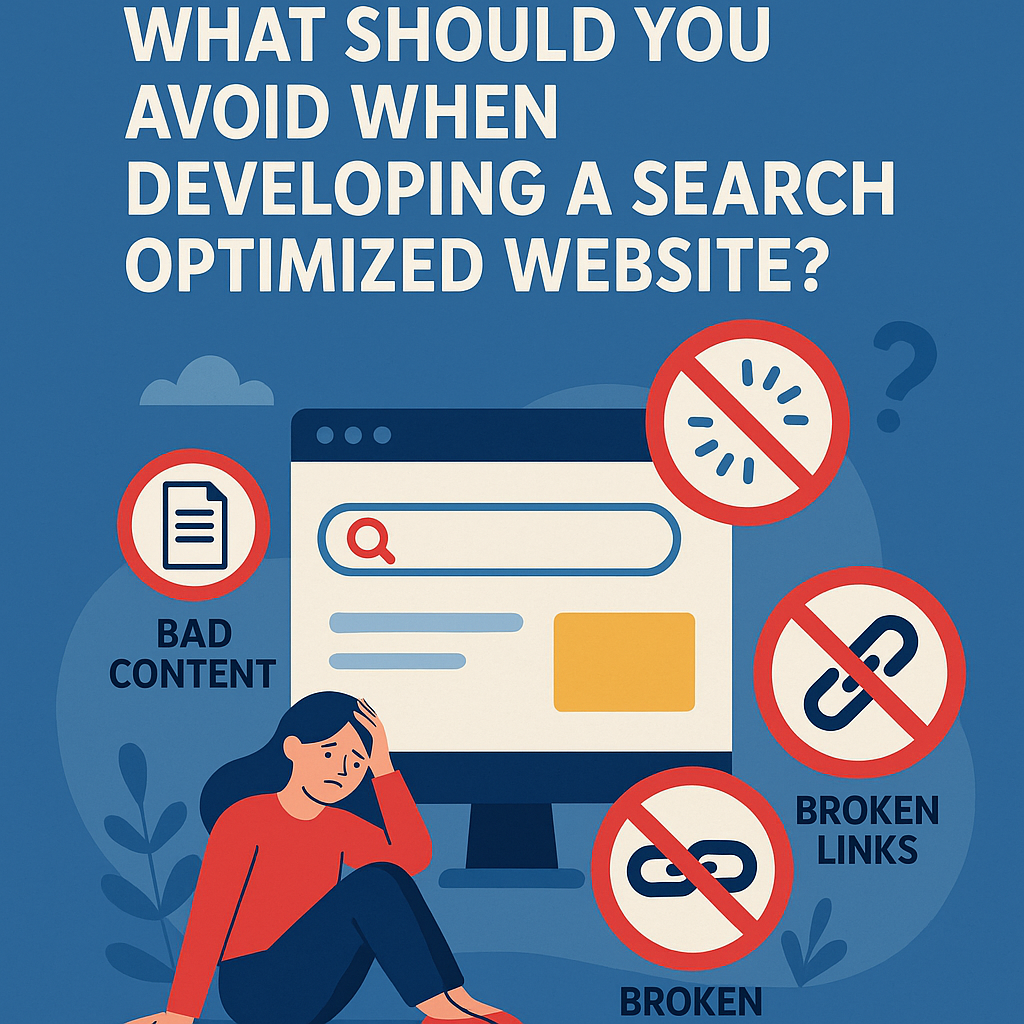


![What To Do After Keyword Research [2025 Guide]](https://backlinkmanagement.io/wp-content/uploads/2025/05/What-To-Do-After-Keyword-Research.png)
![Is Page Speed Really A Ranking Factor? [2025]](https://backlinkmanagement.io/wp-content/uploads/2025/05/Is-Page-Speed-Really-A-Ranking-Factor.png)
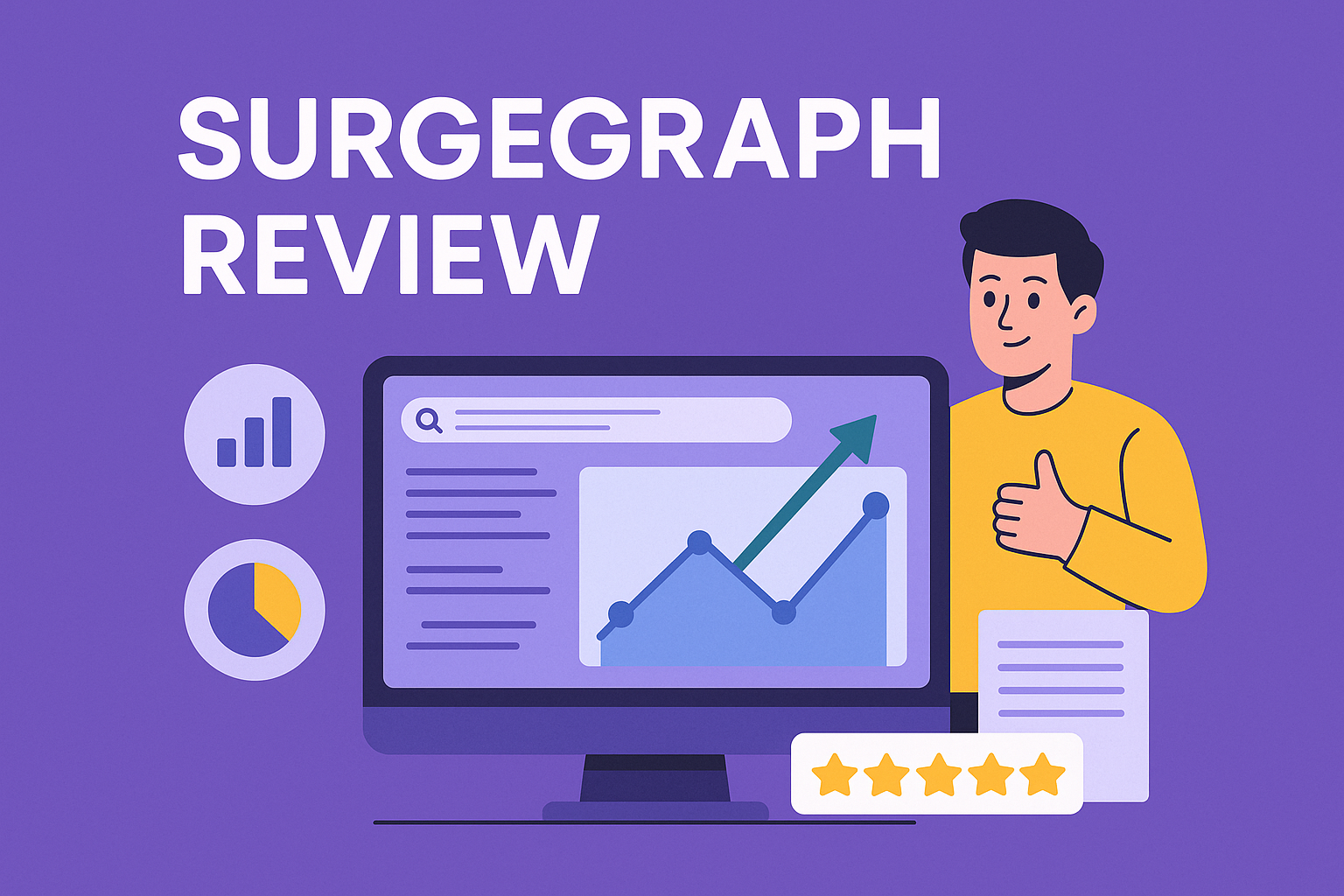
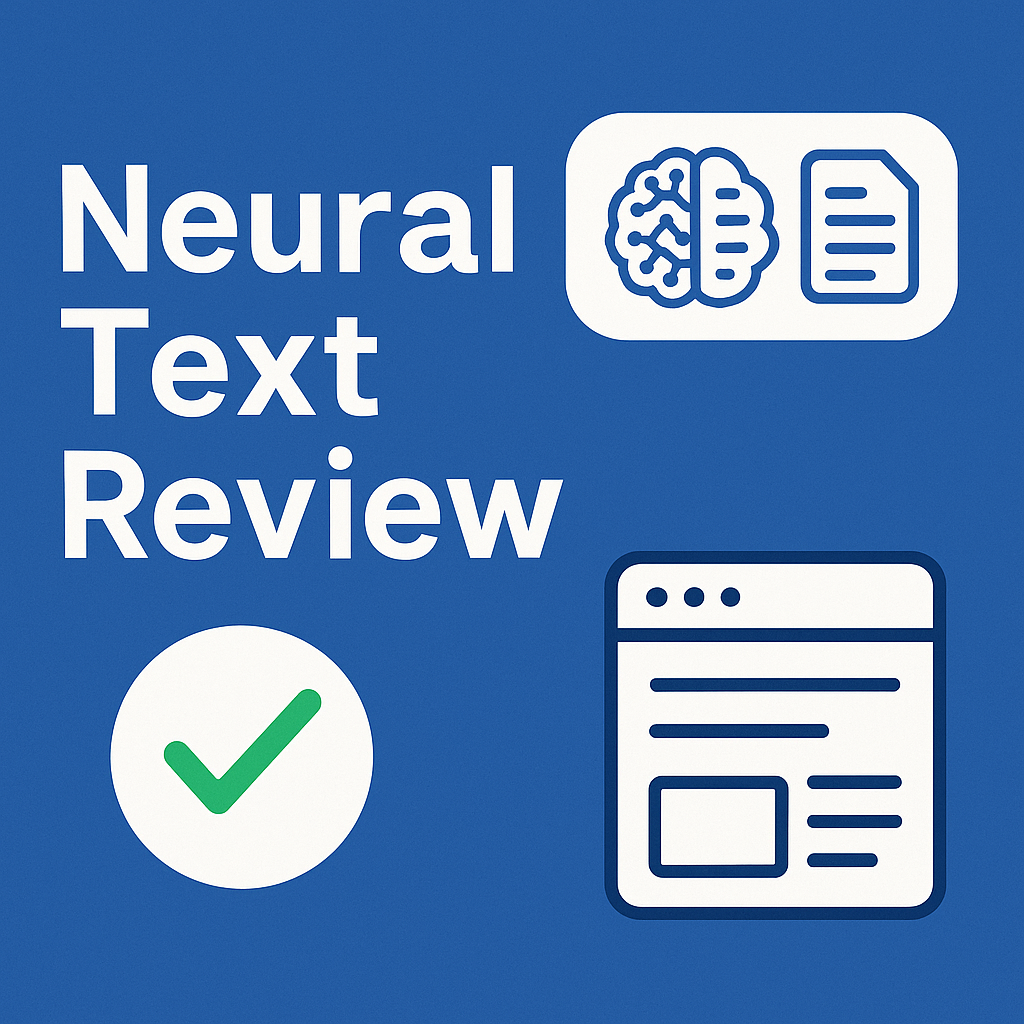






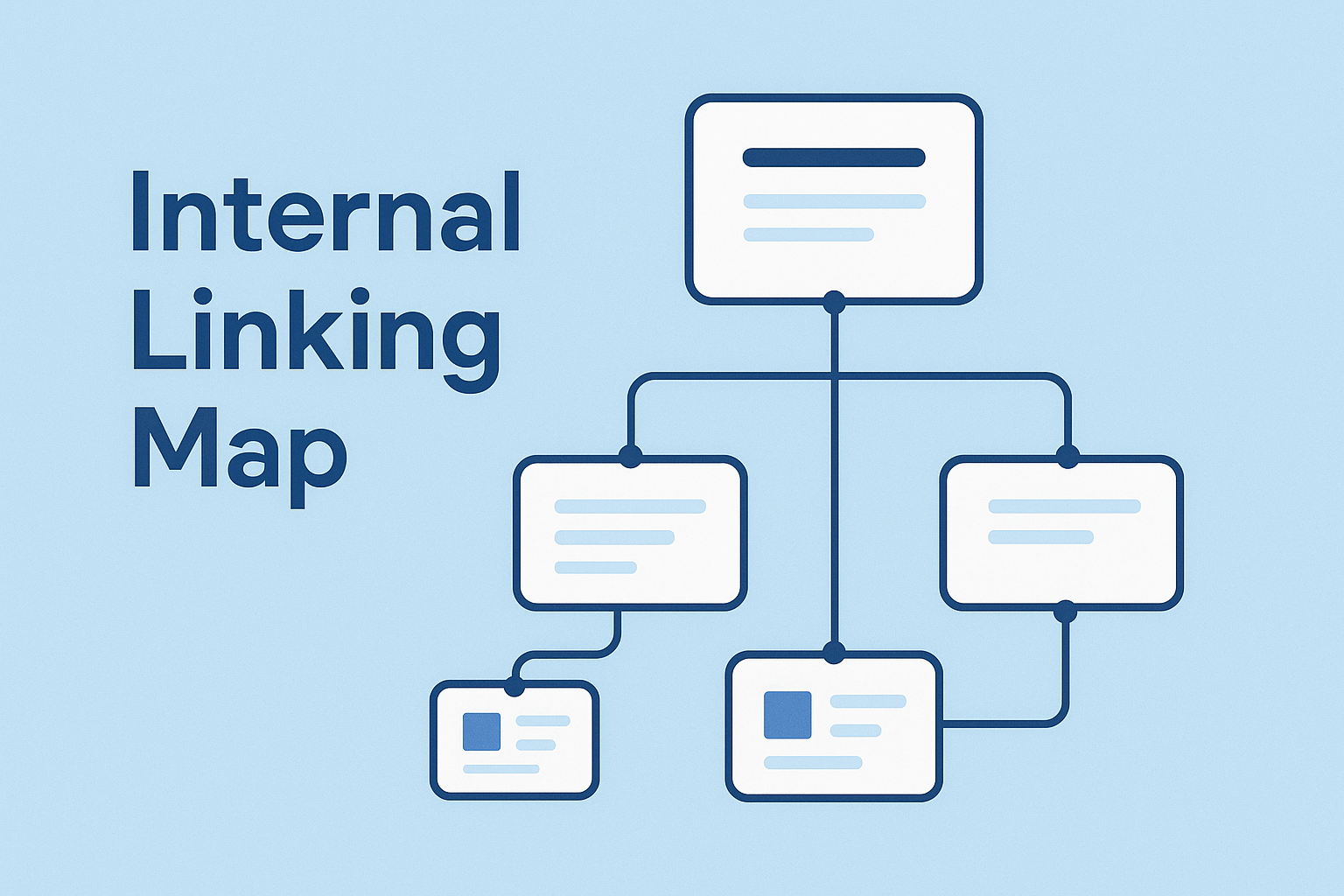

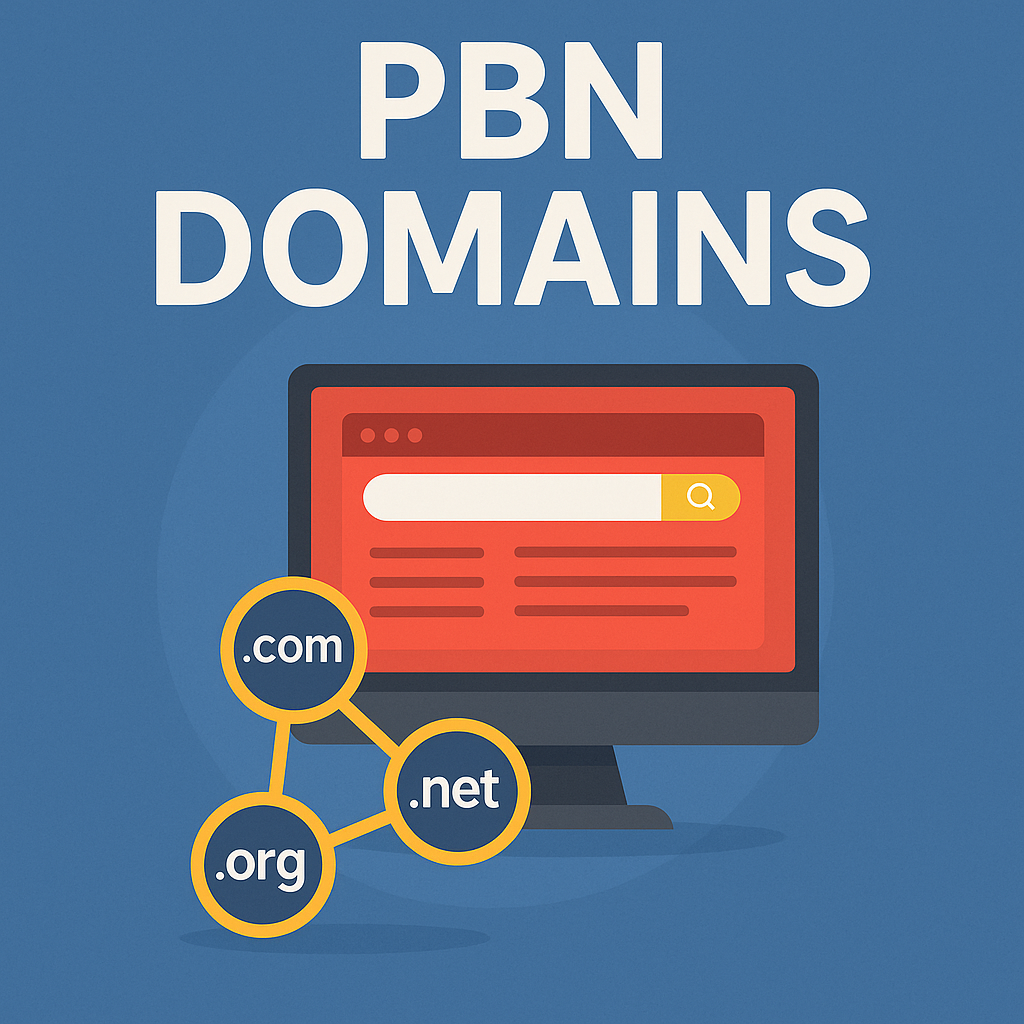
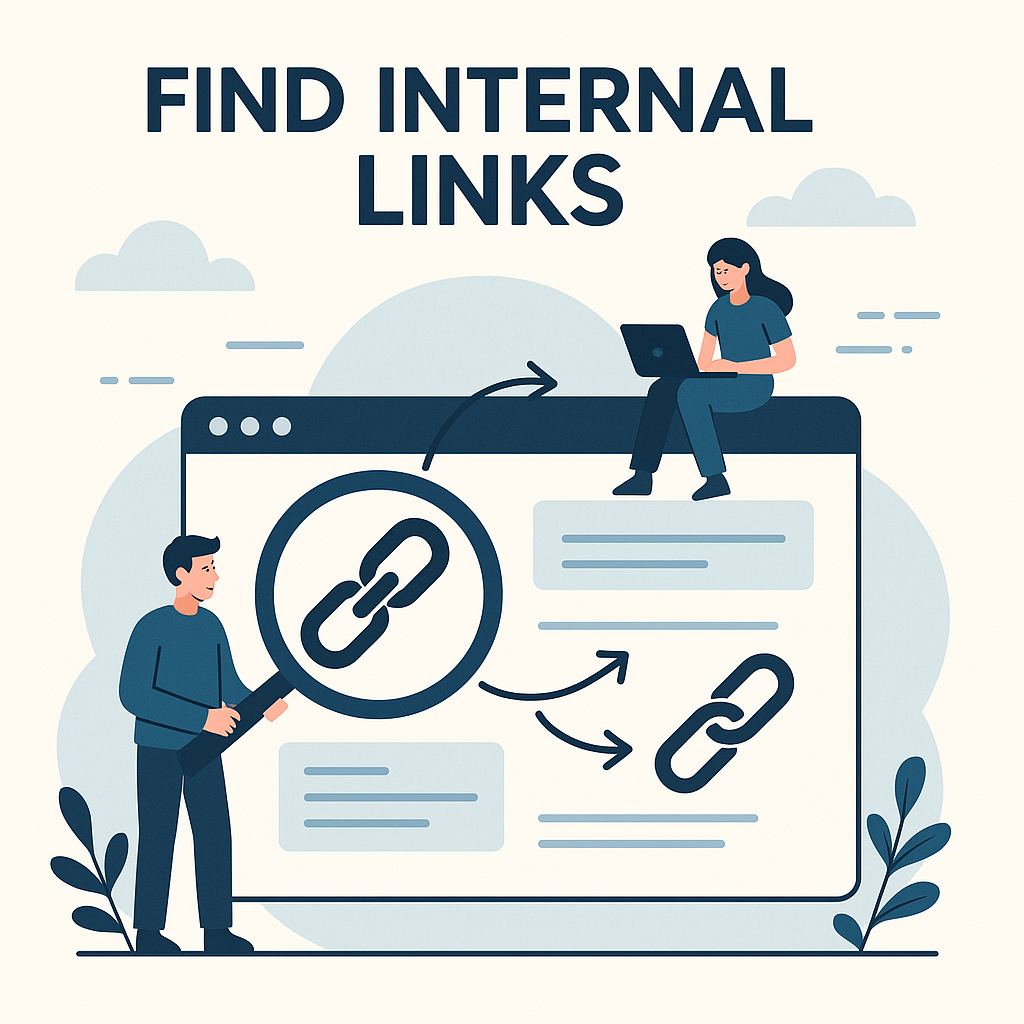
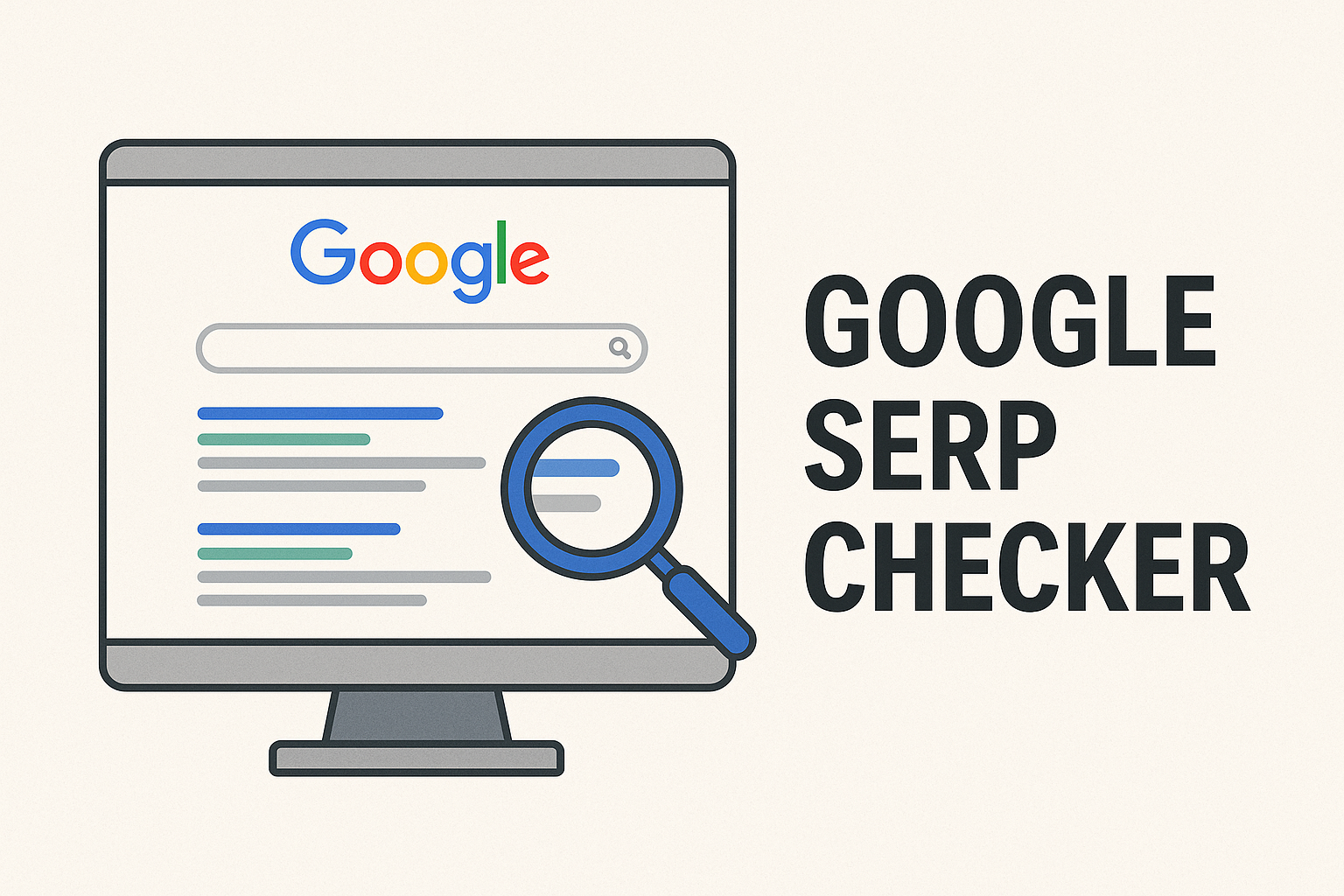
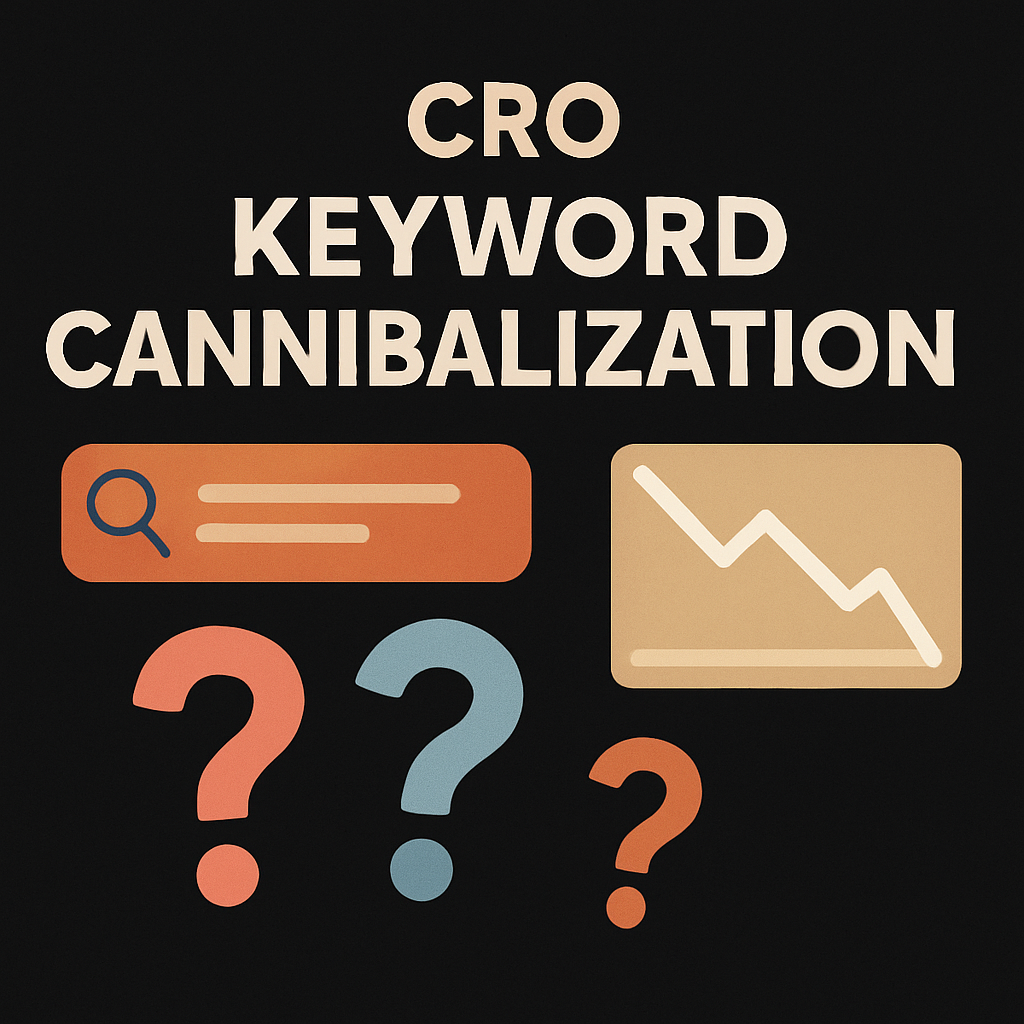


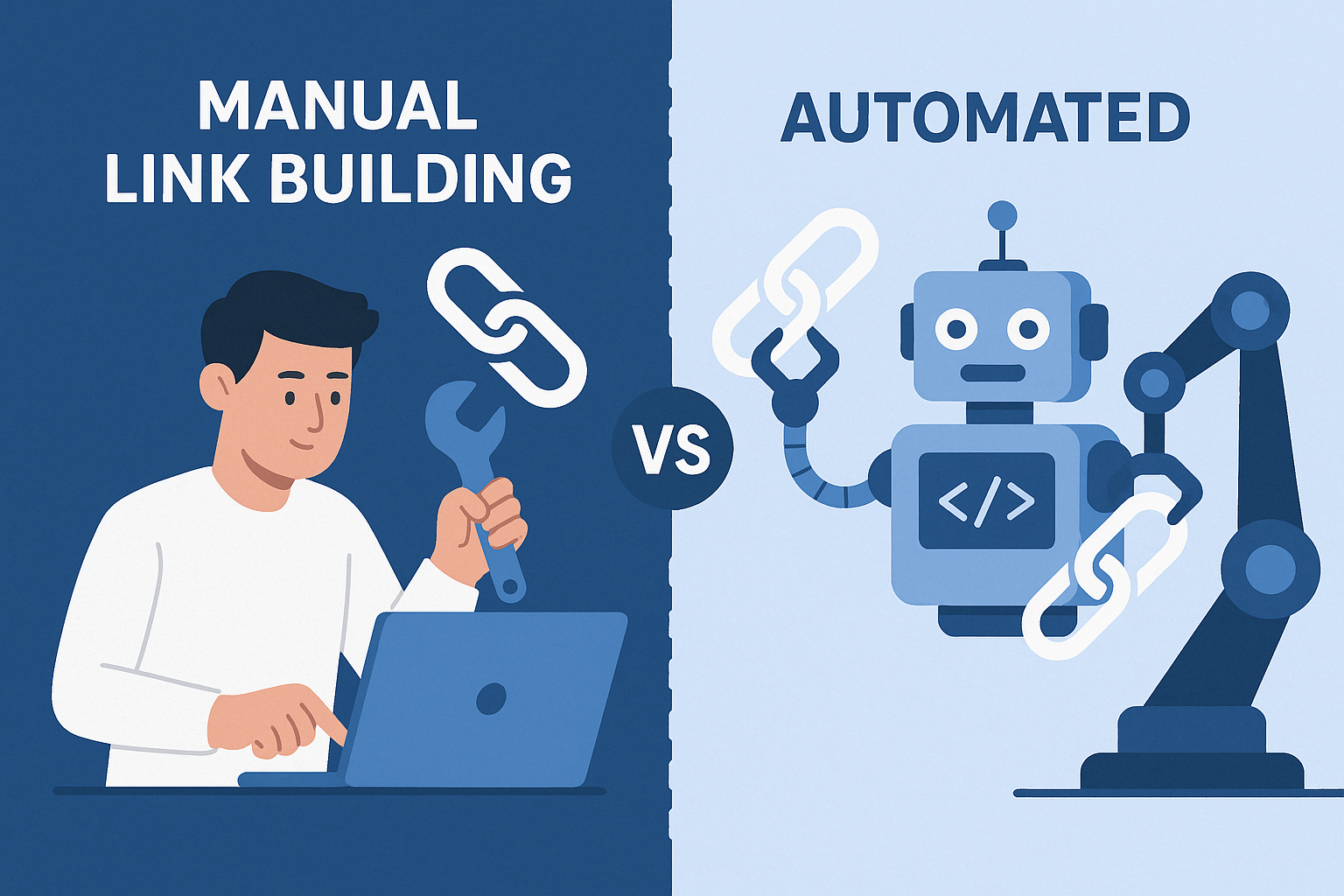



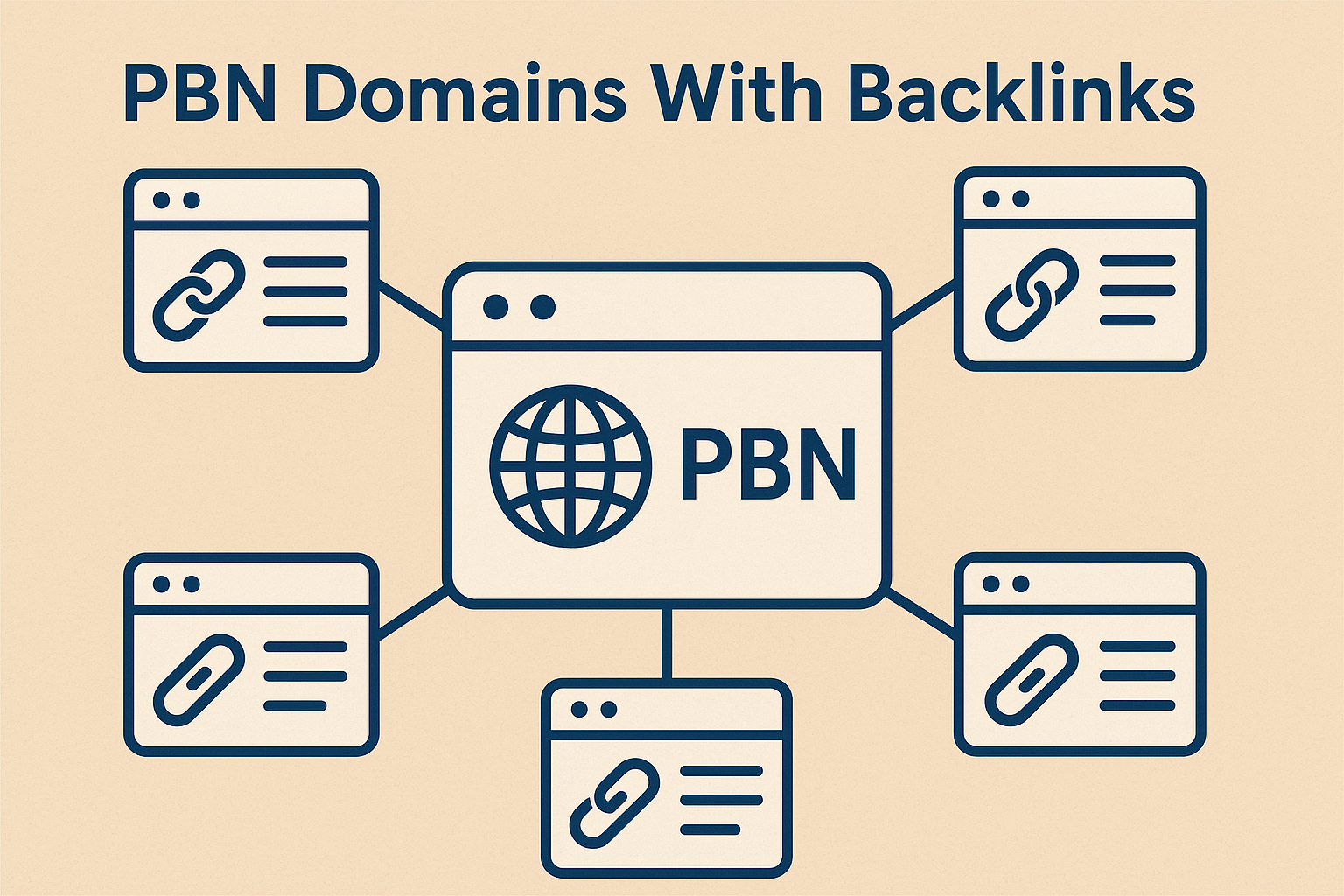
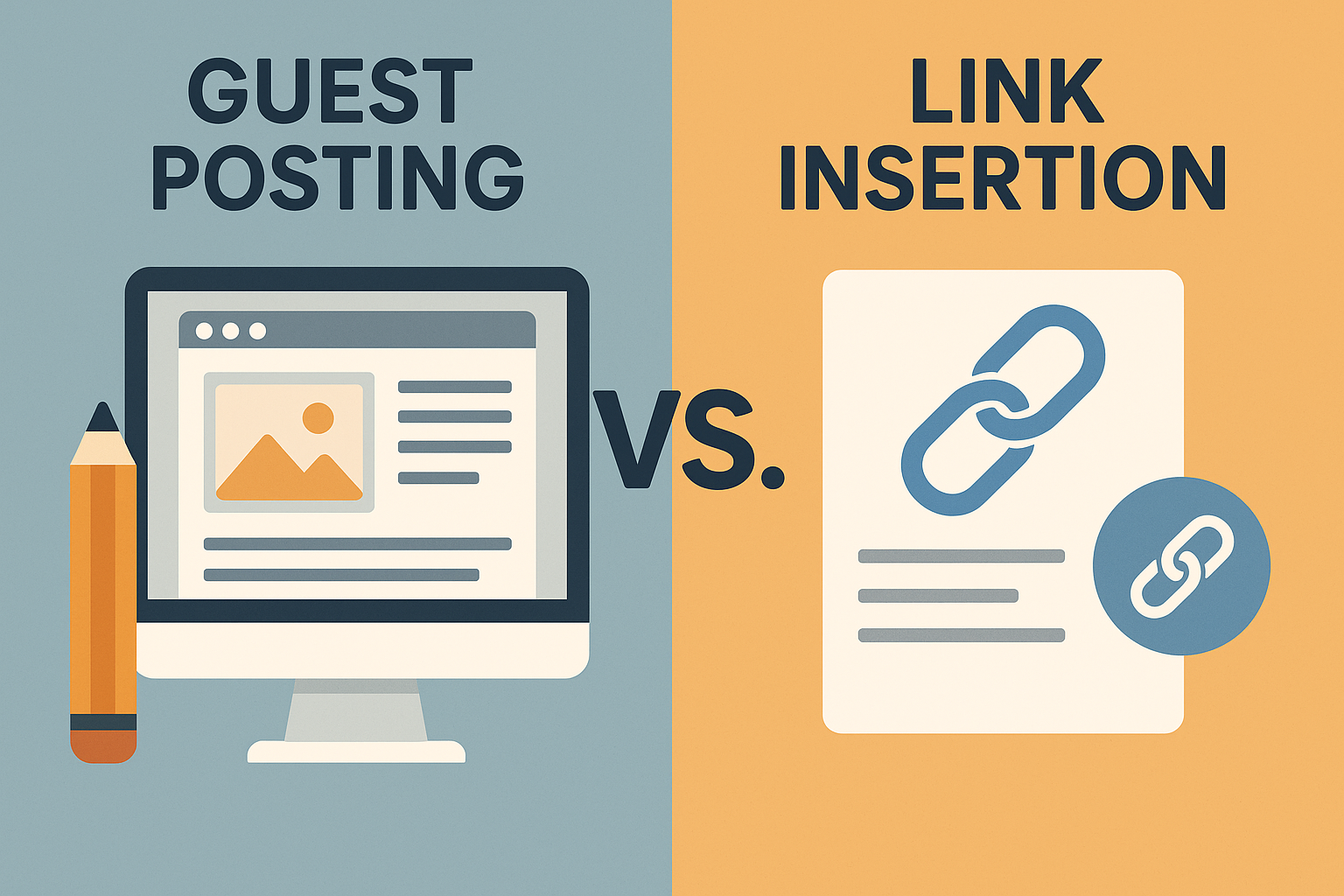

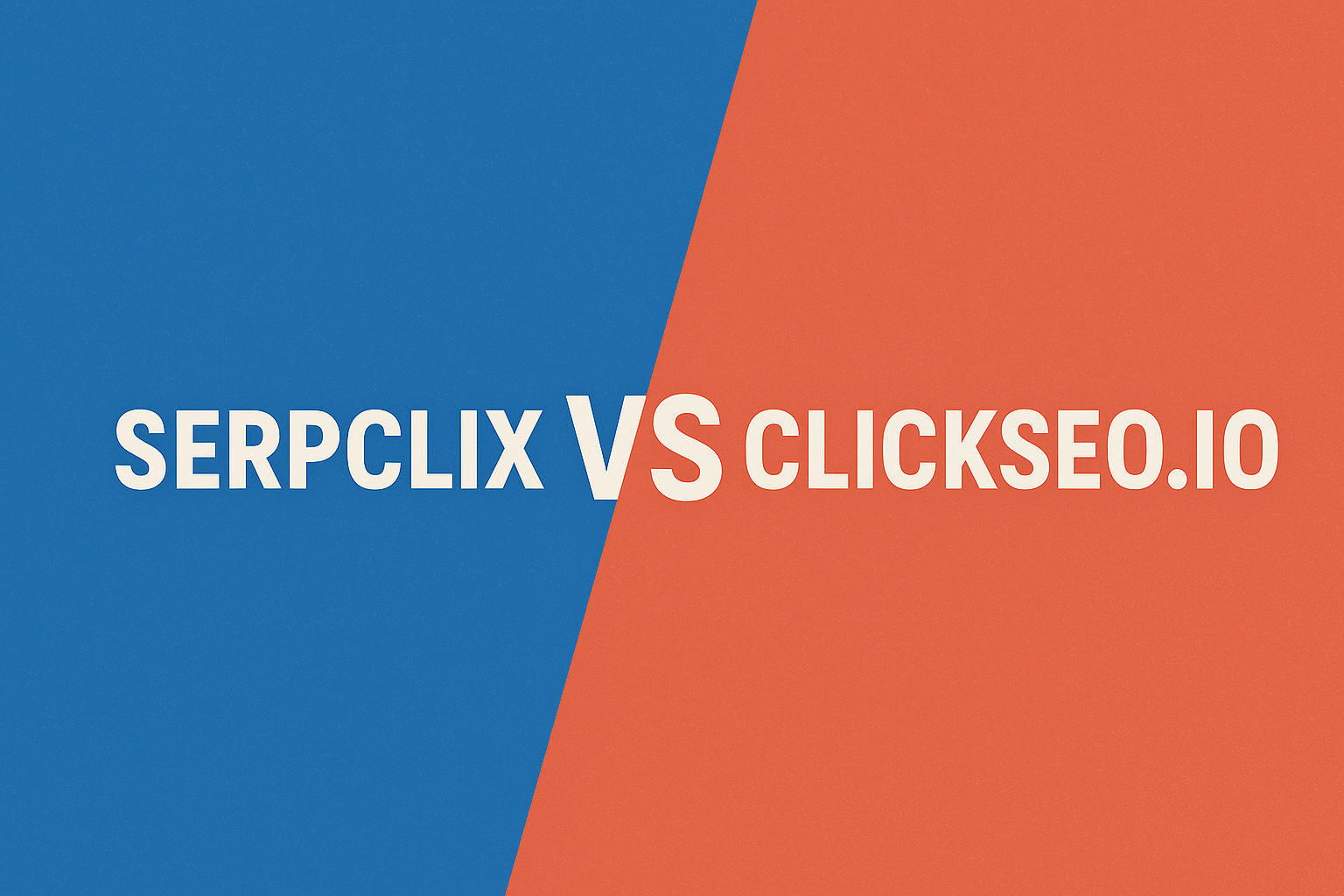

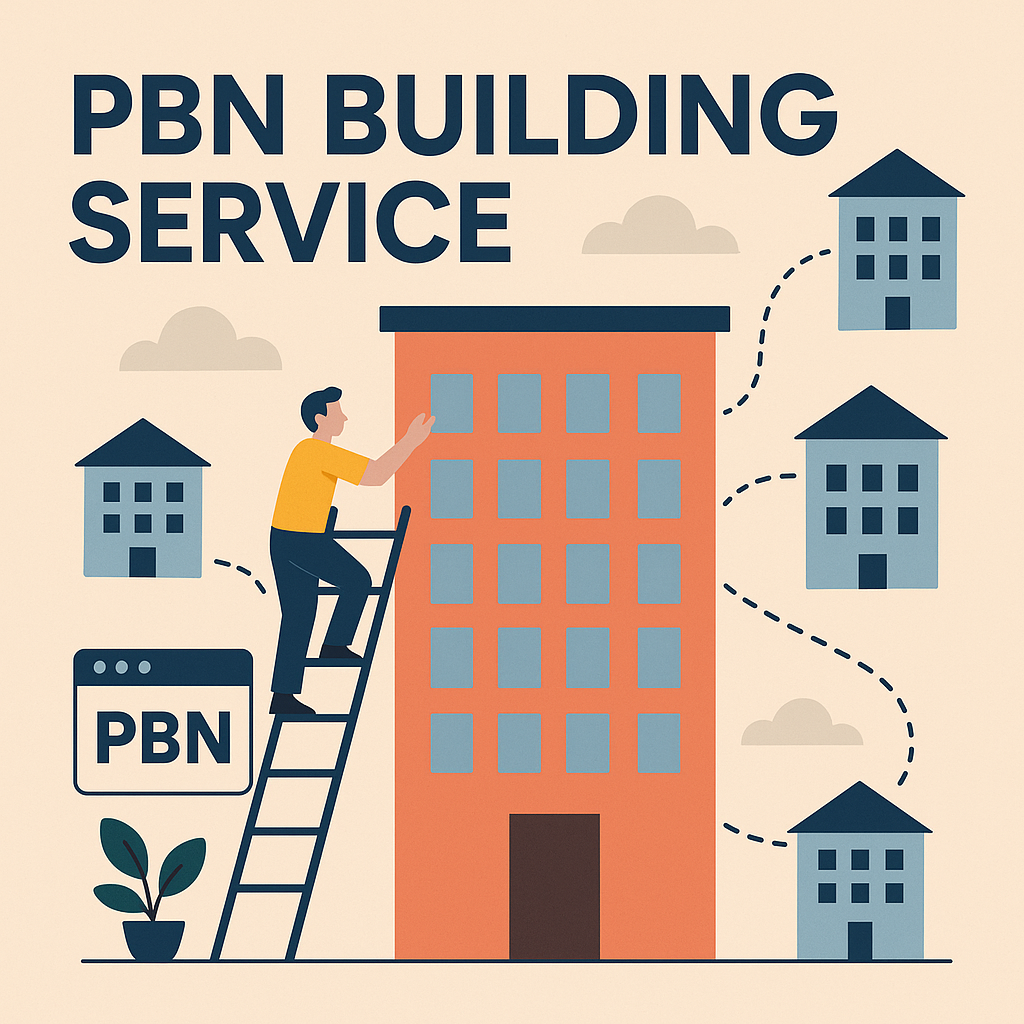
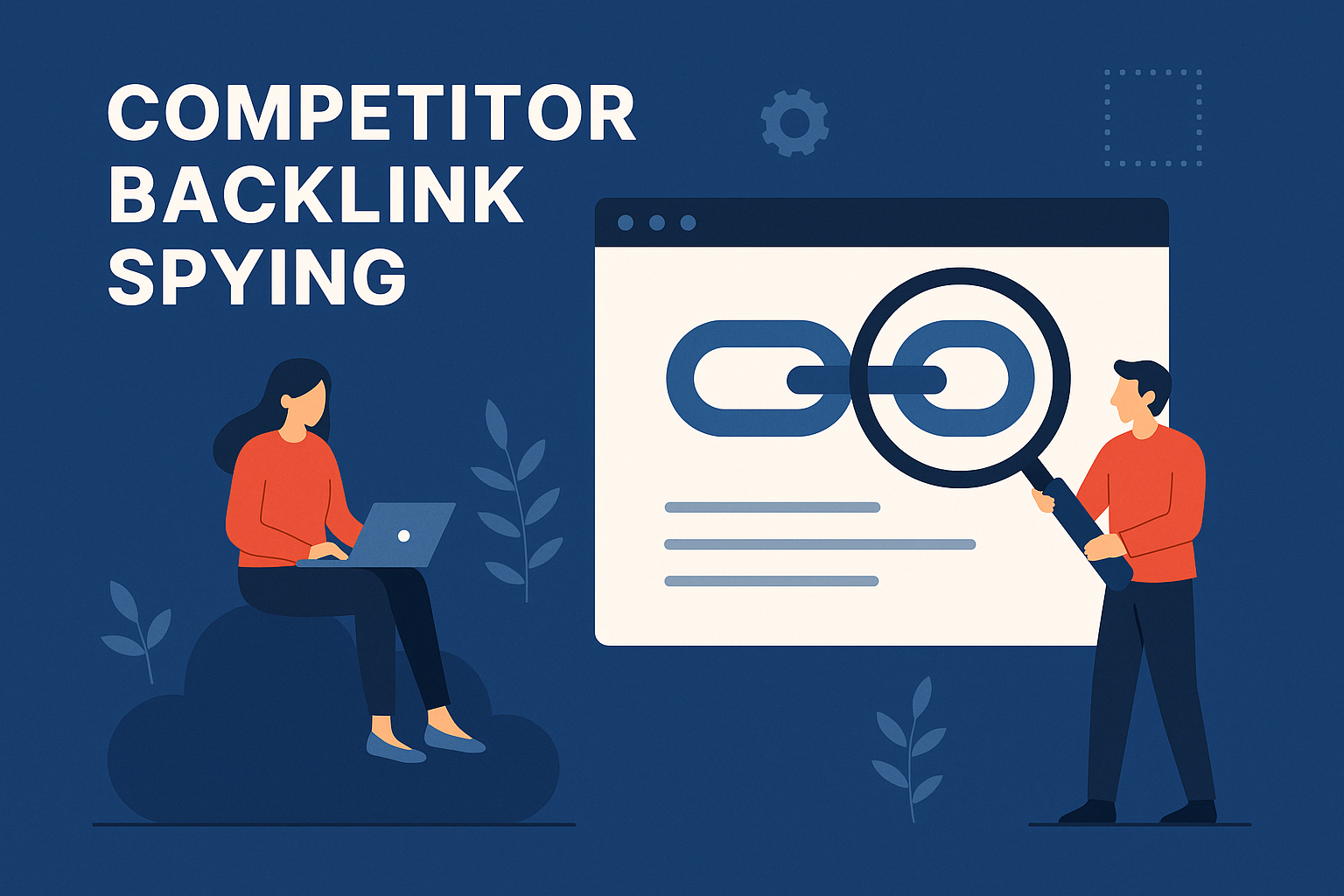

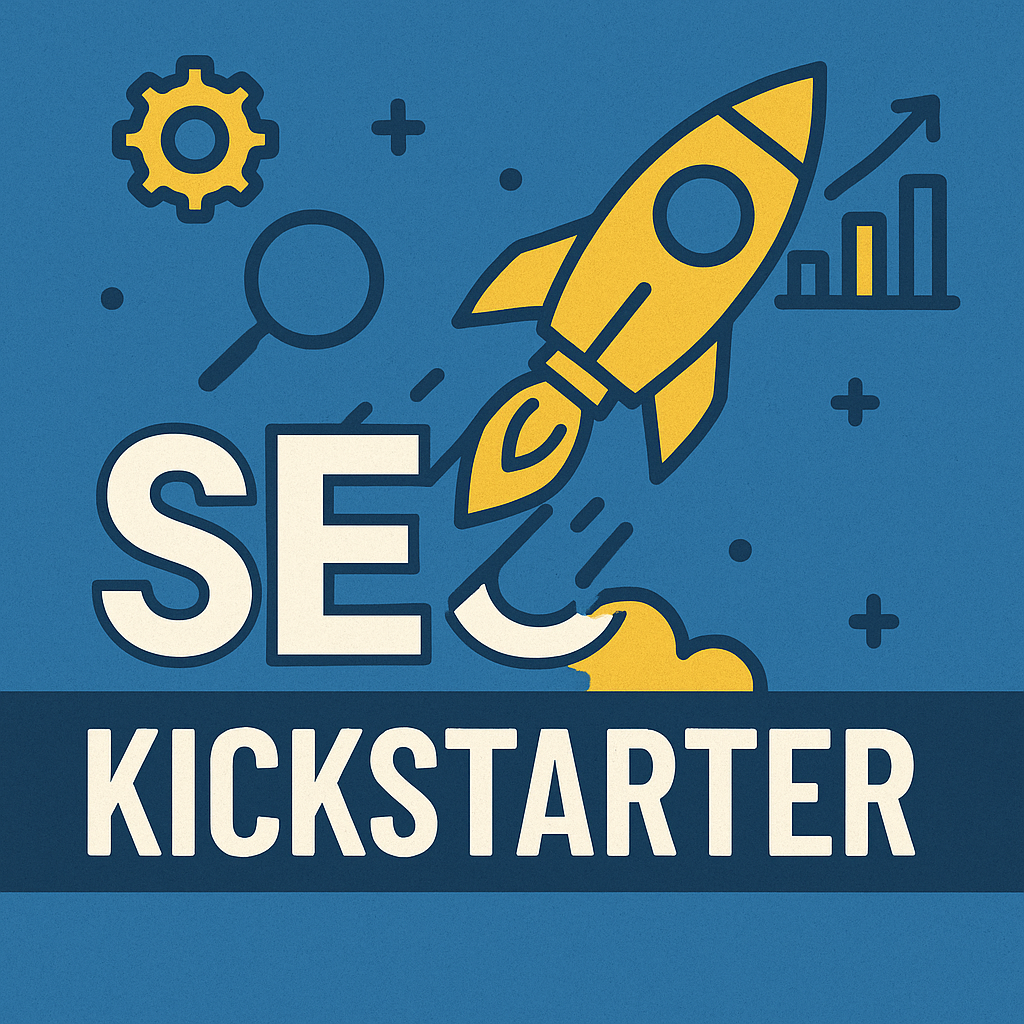
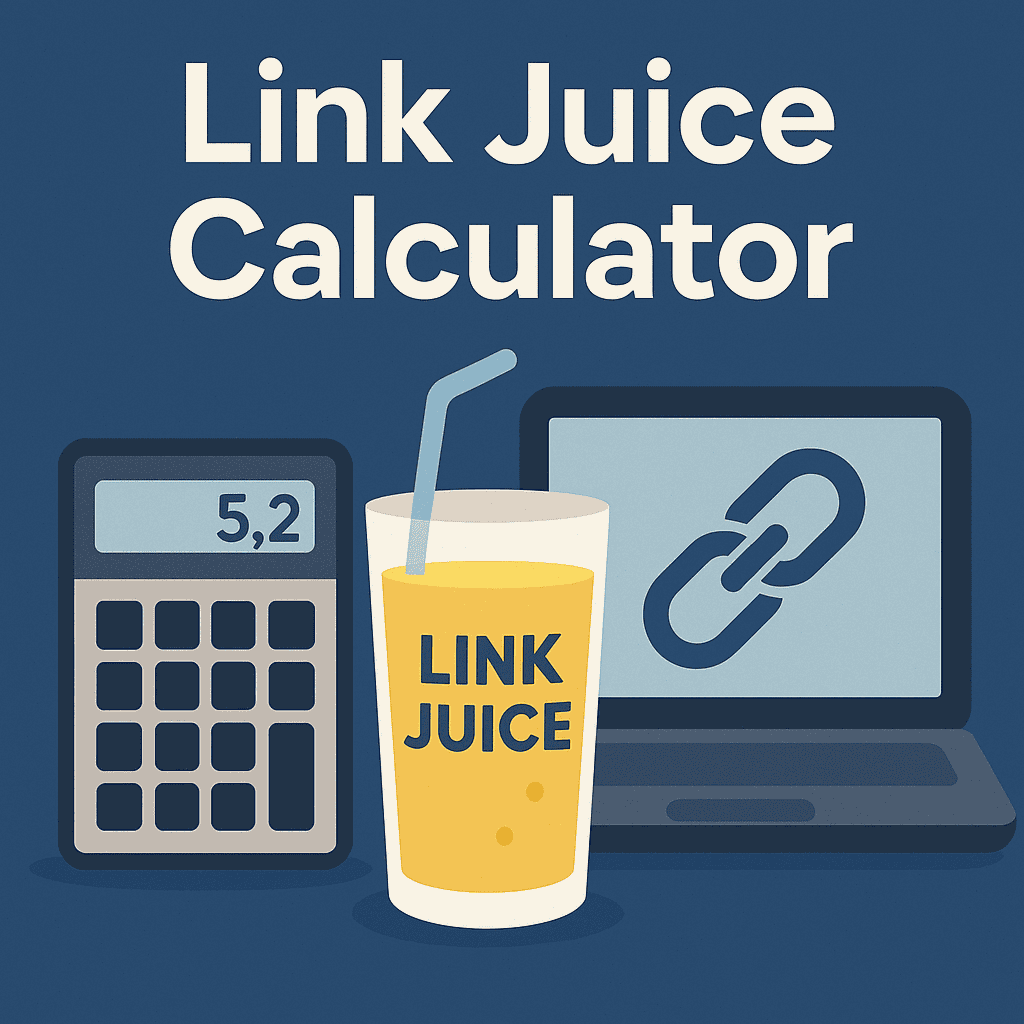
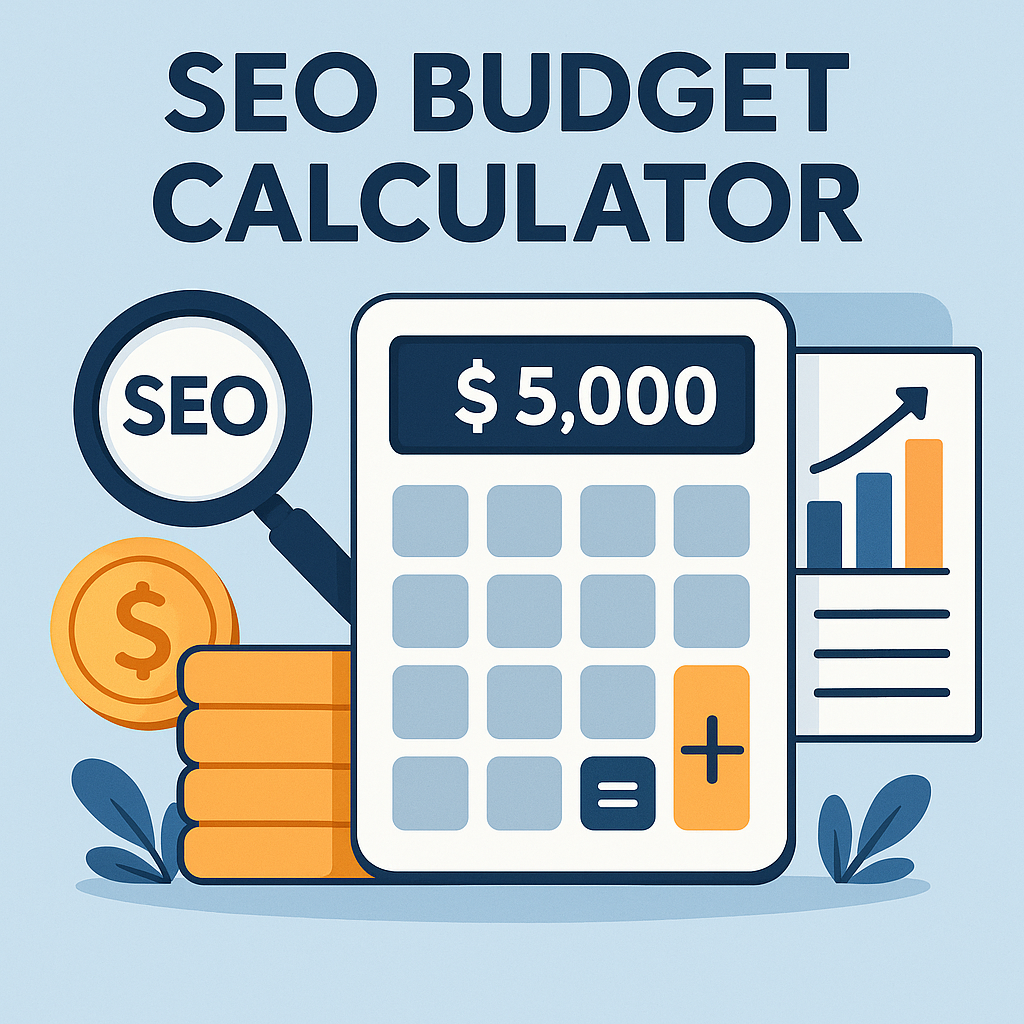

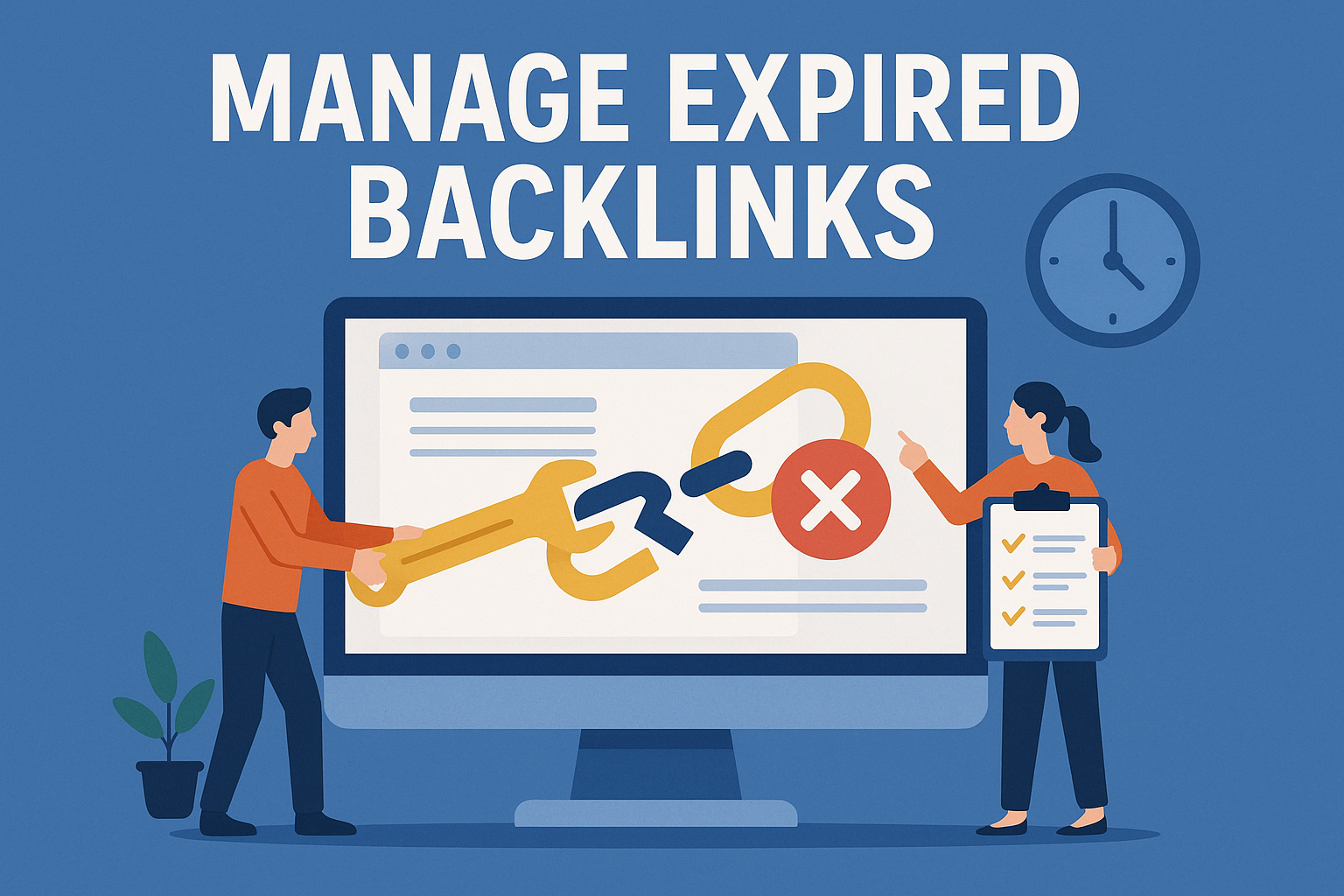

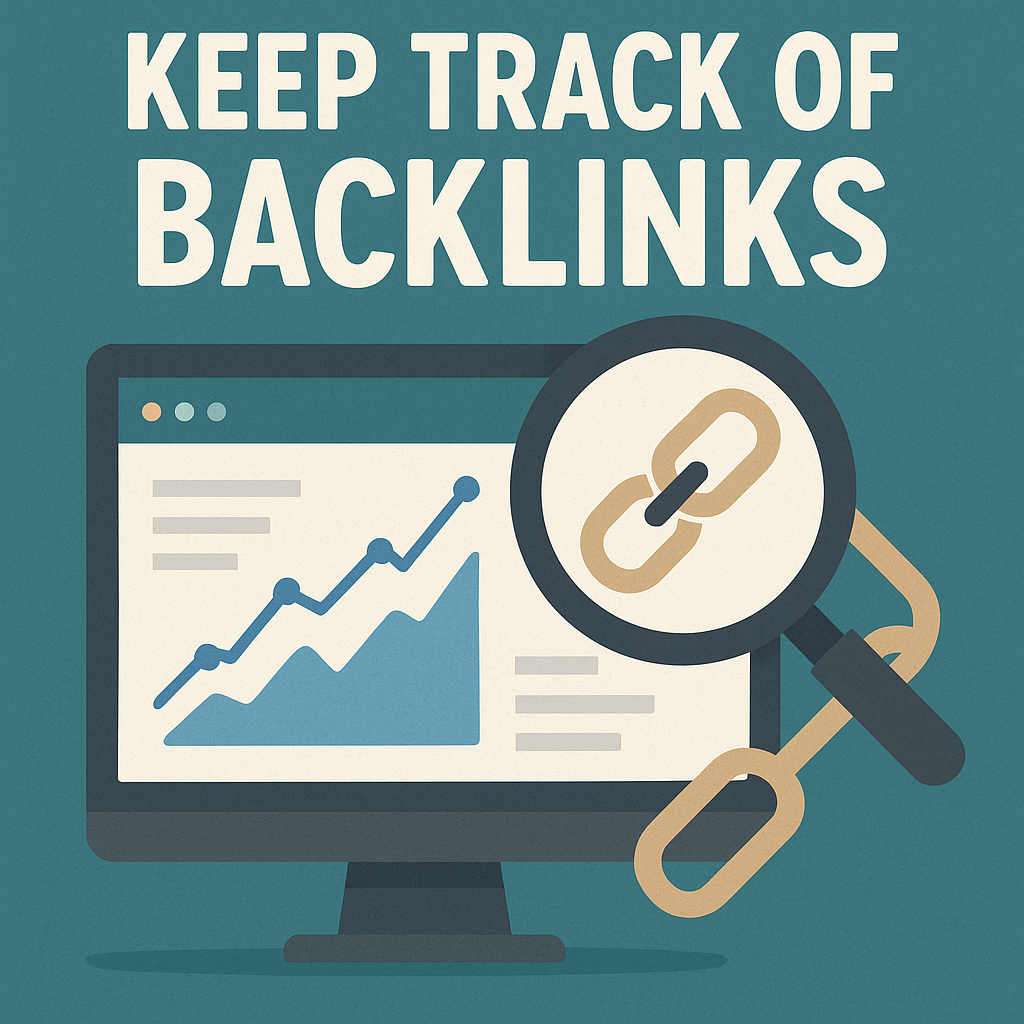
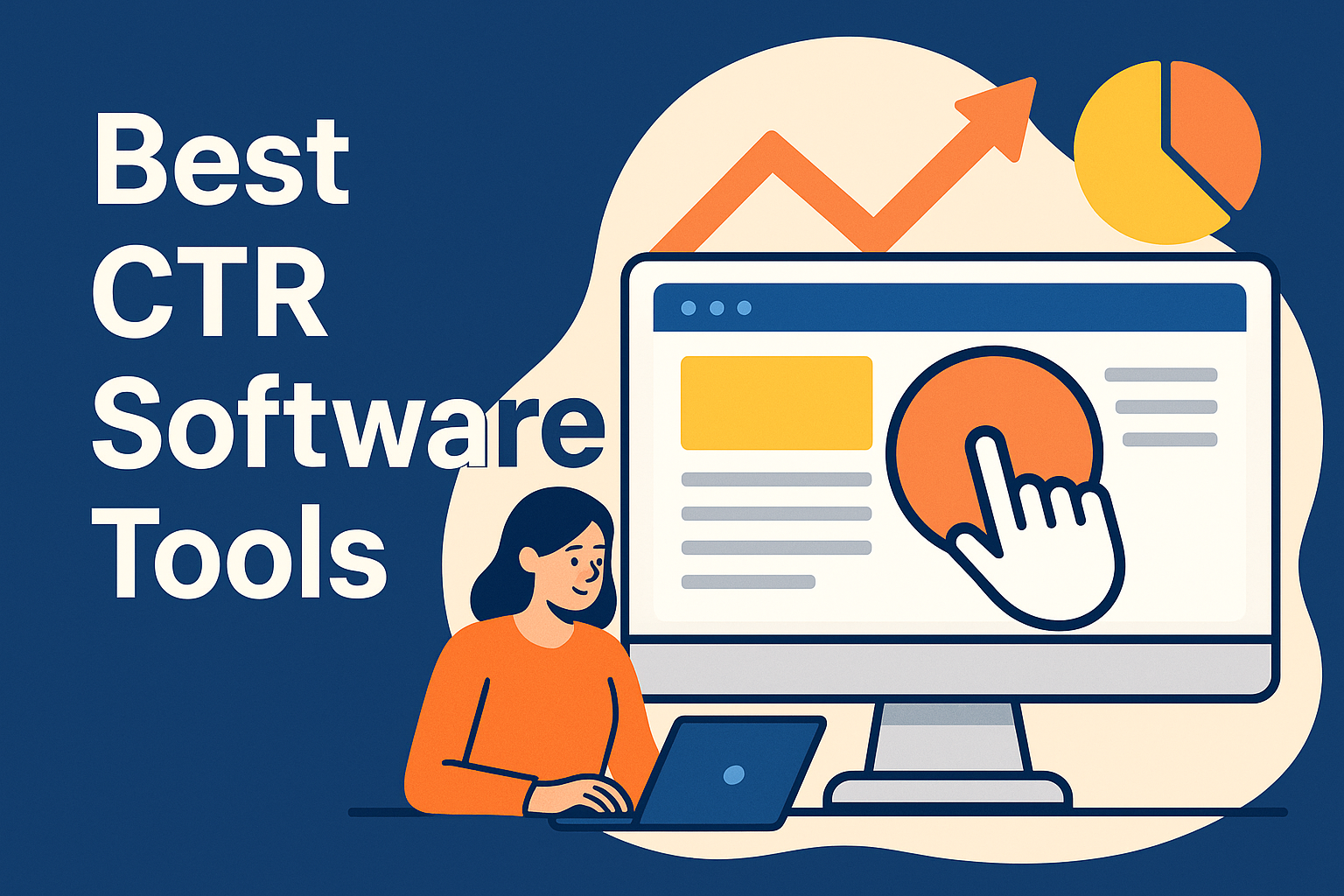




![Best Link Exchange Sites [Free & Safe] – Top 5 Picks](https://backlinkmanagement.io/wp-content/uploads/2025/04/Free-Link-Exchange.png)

